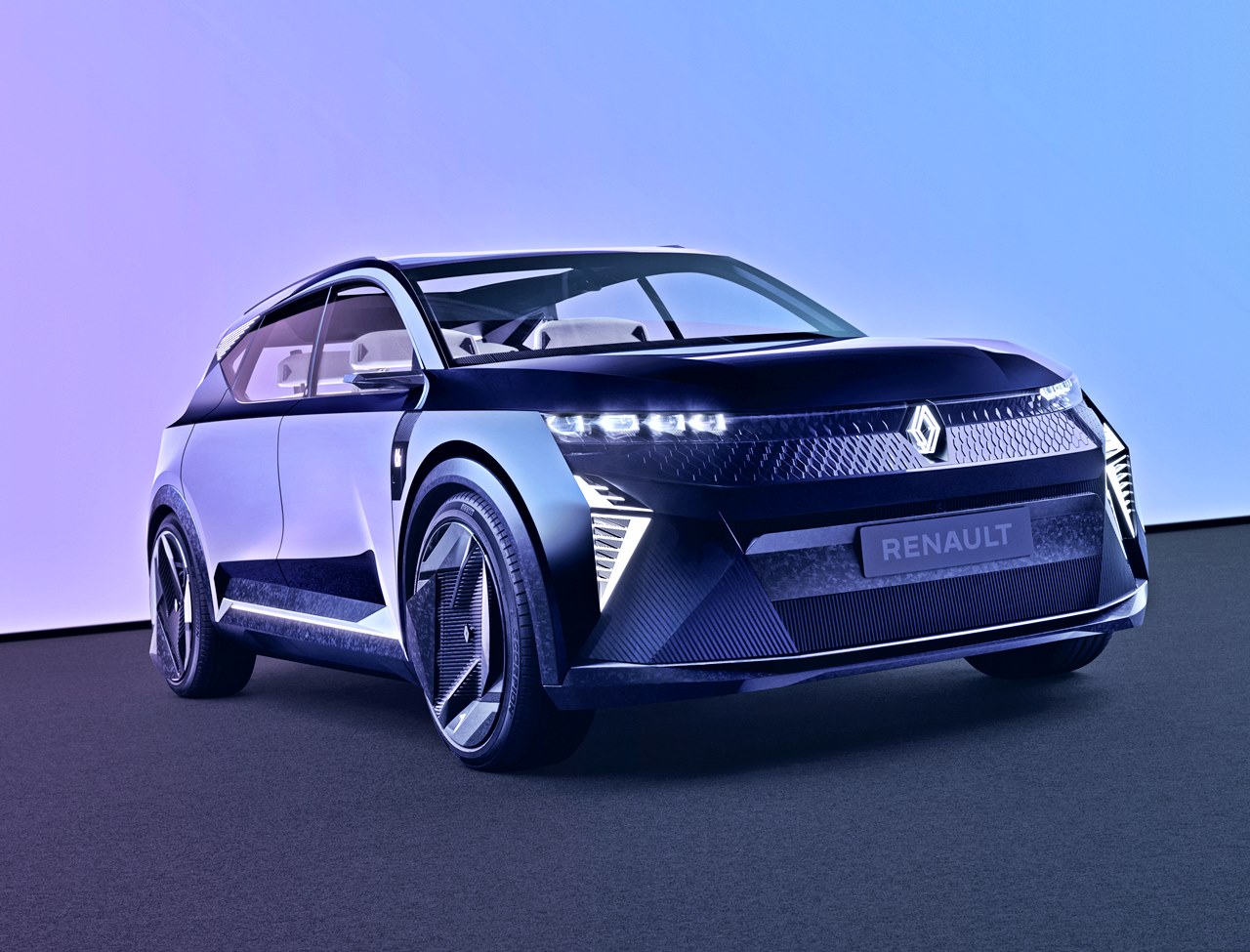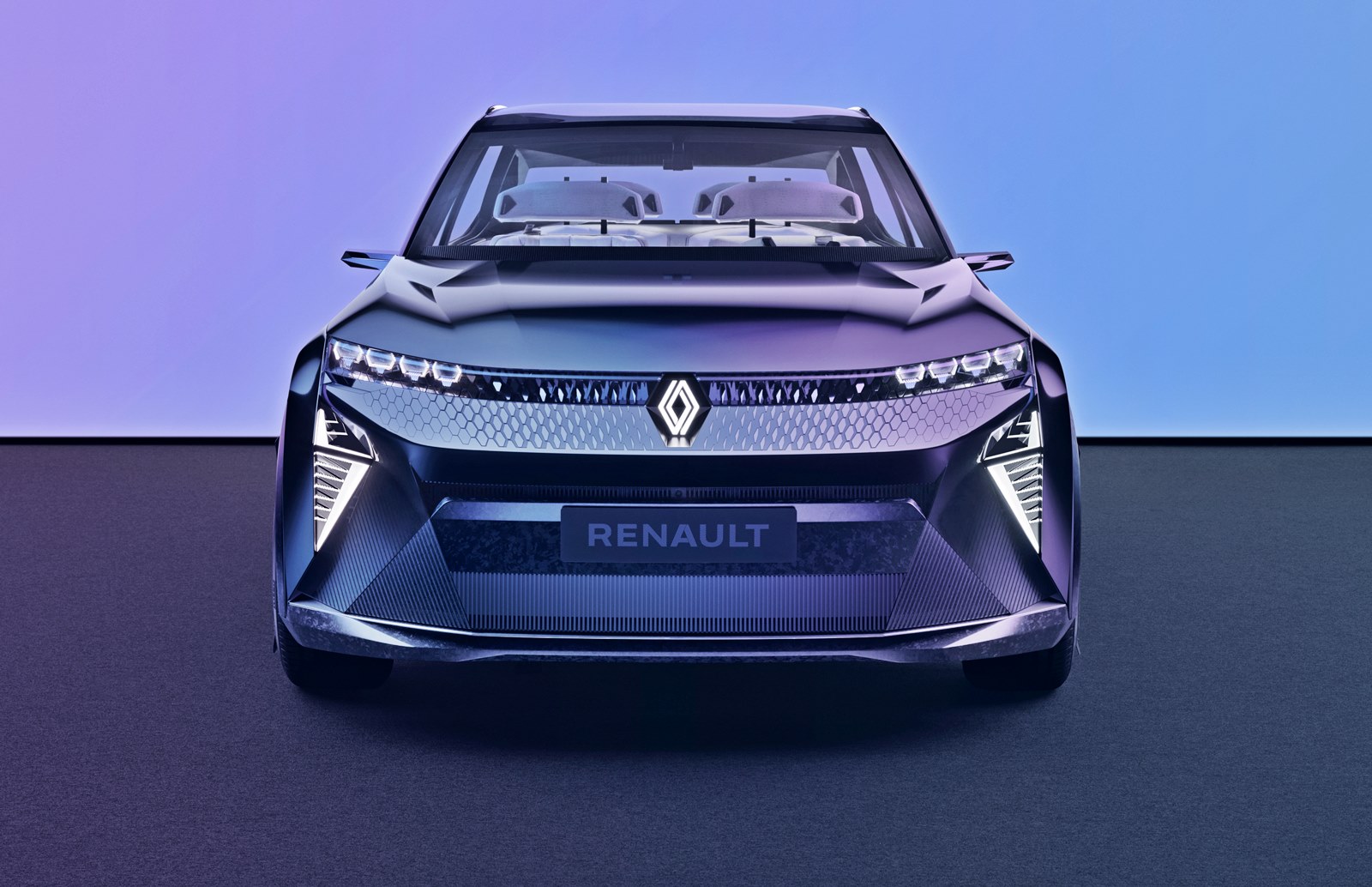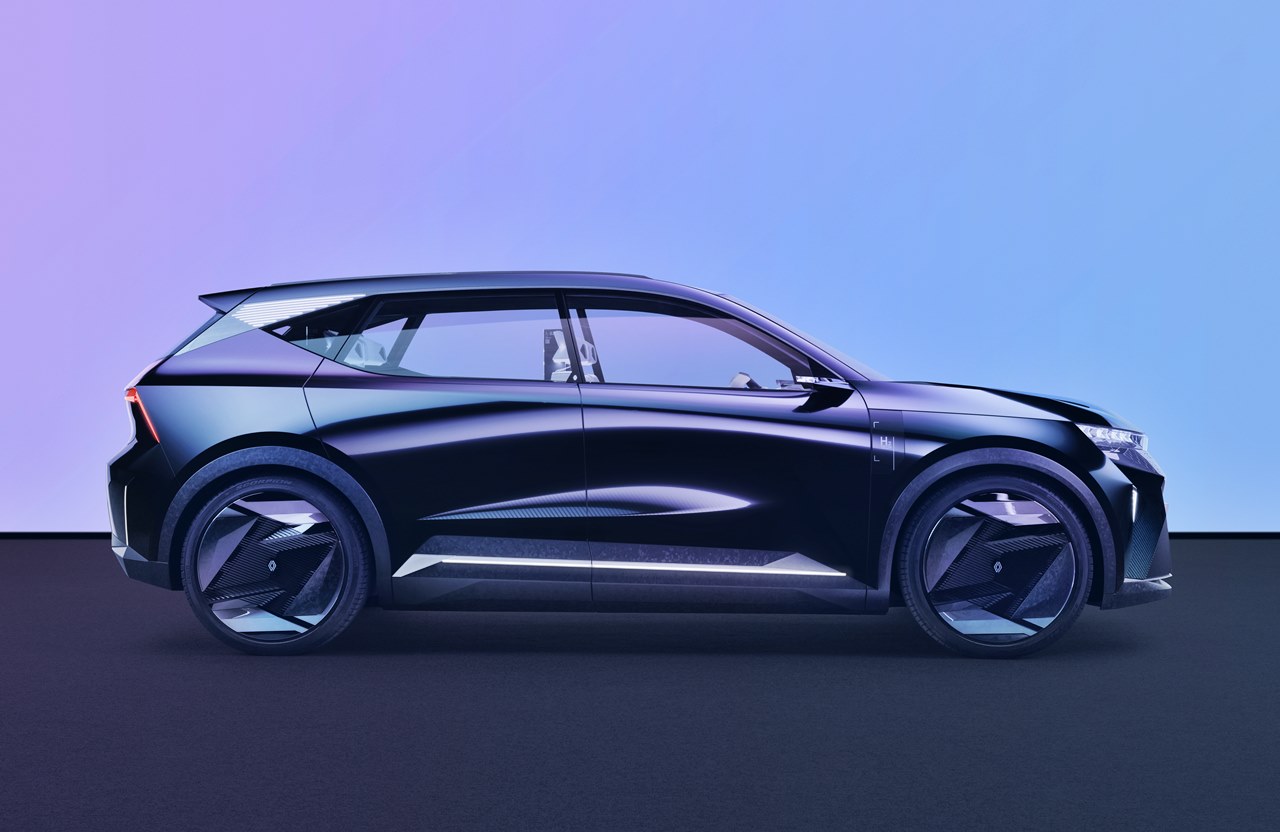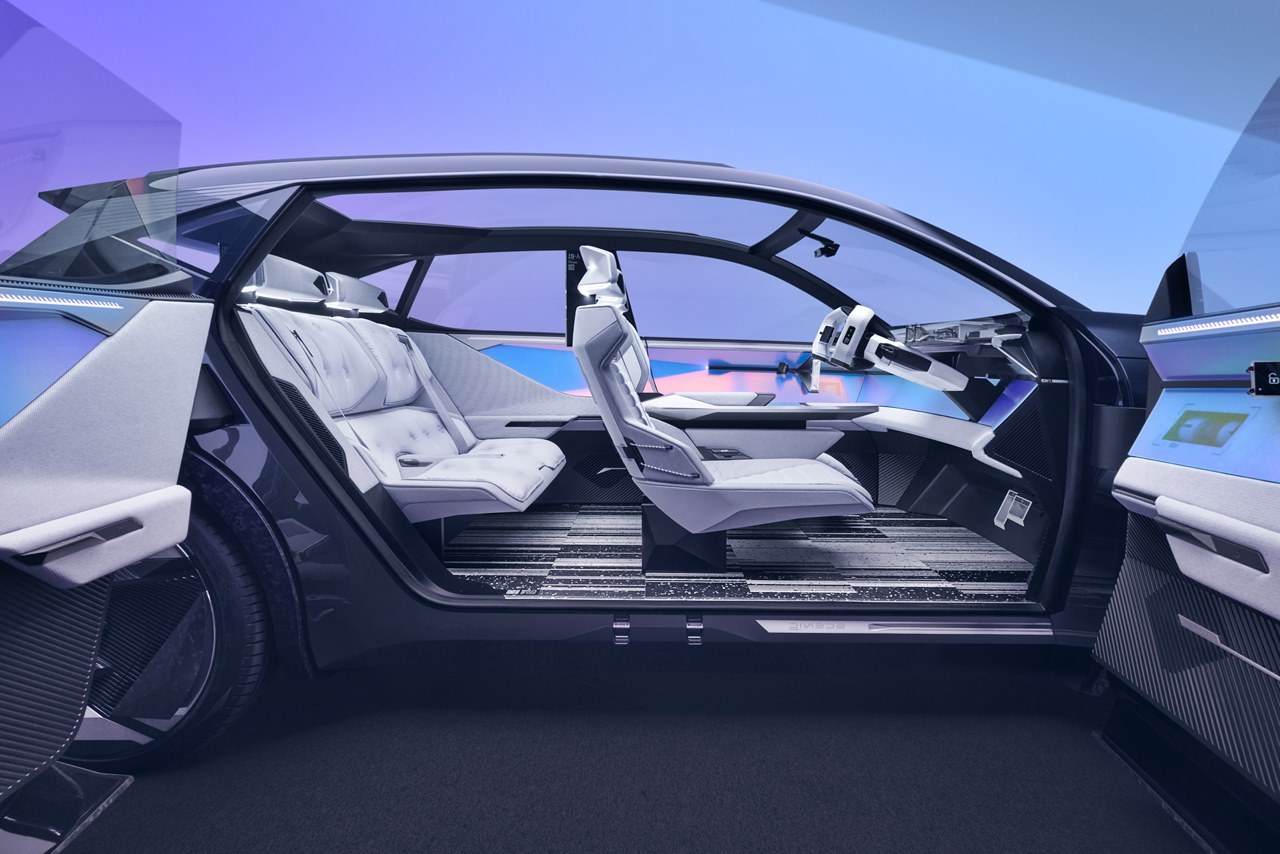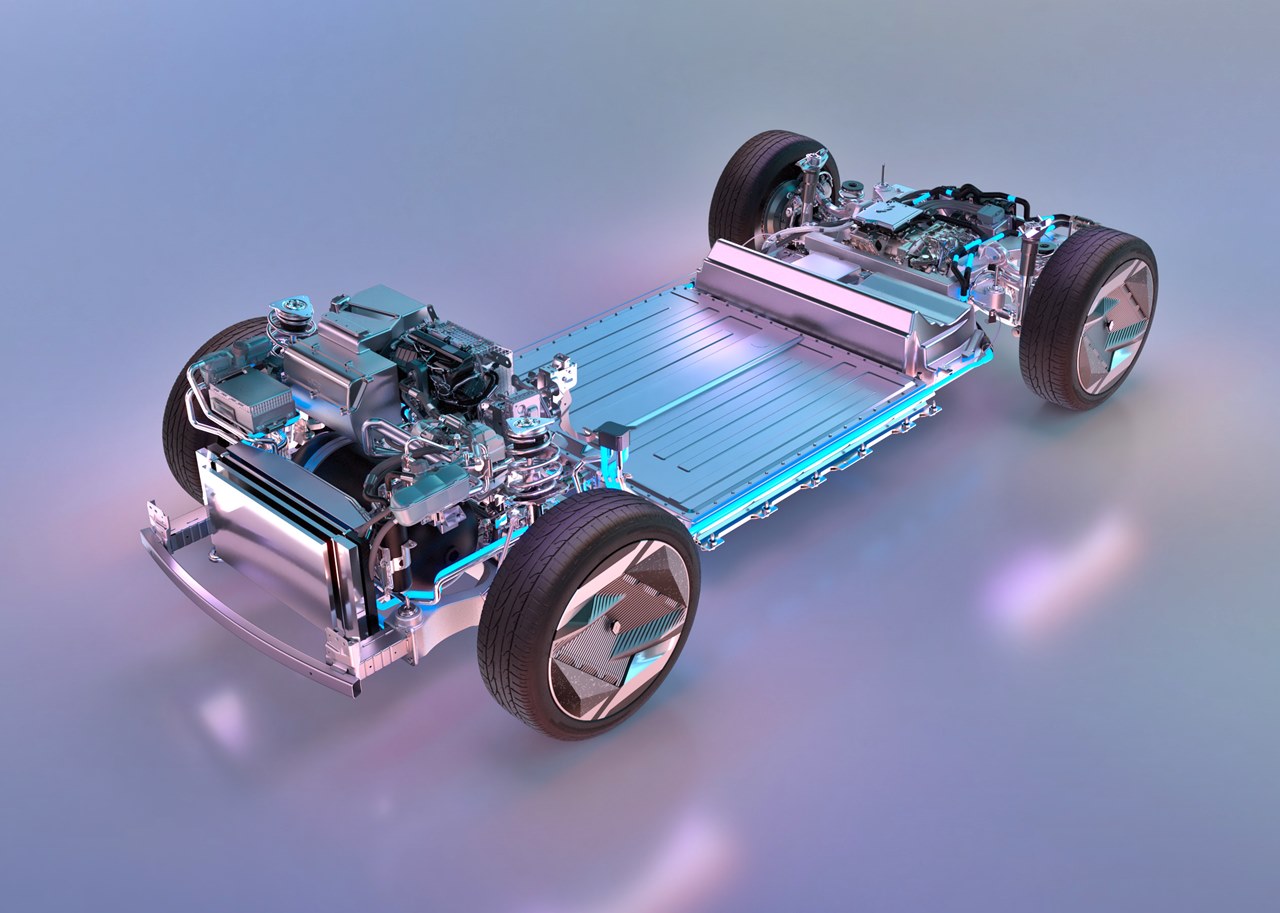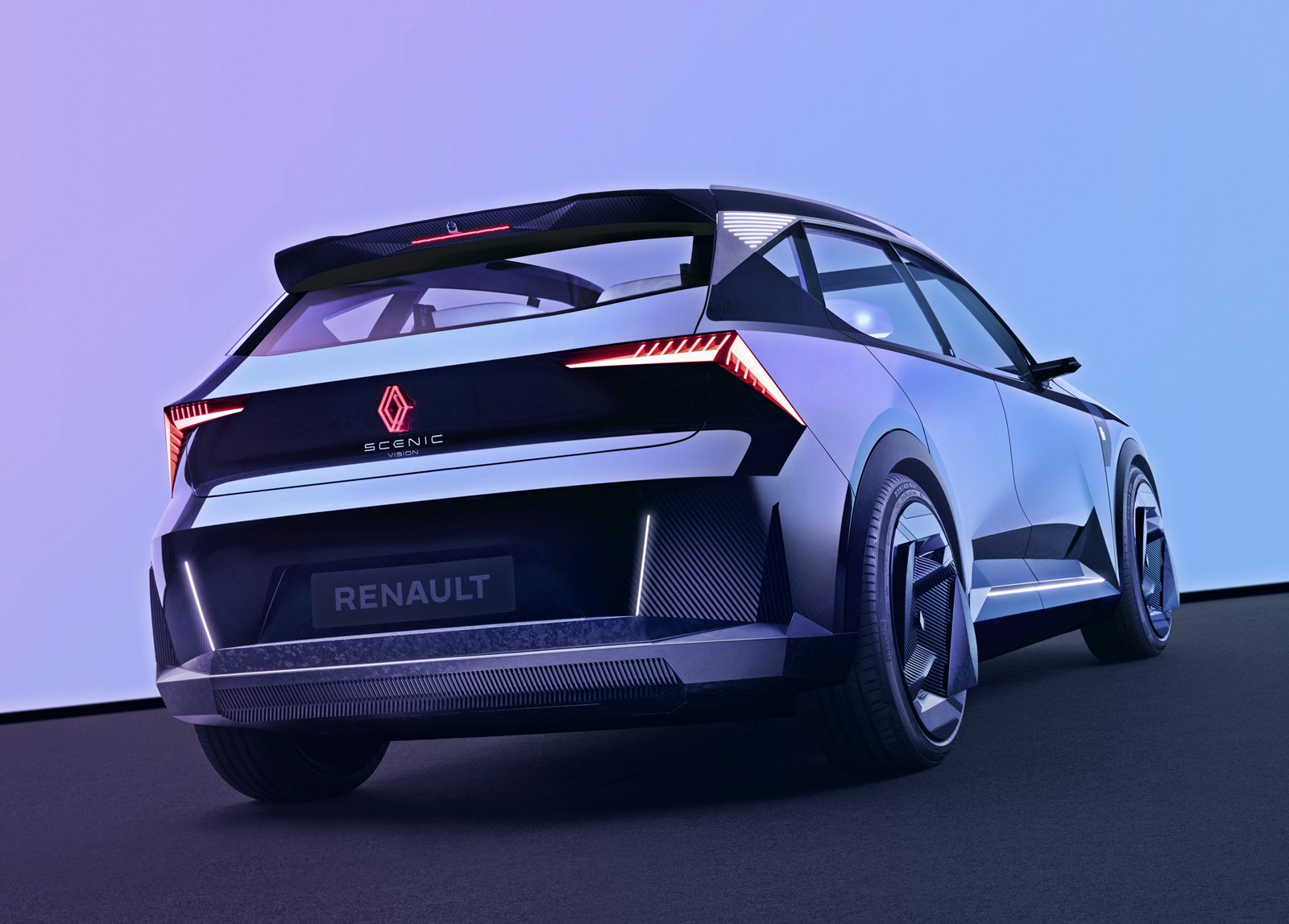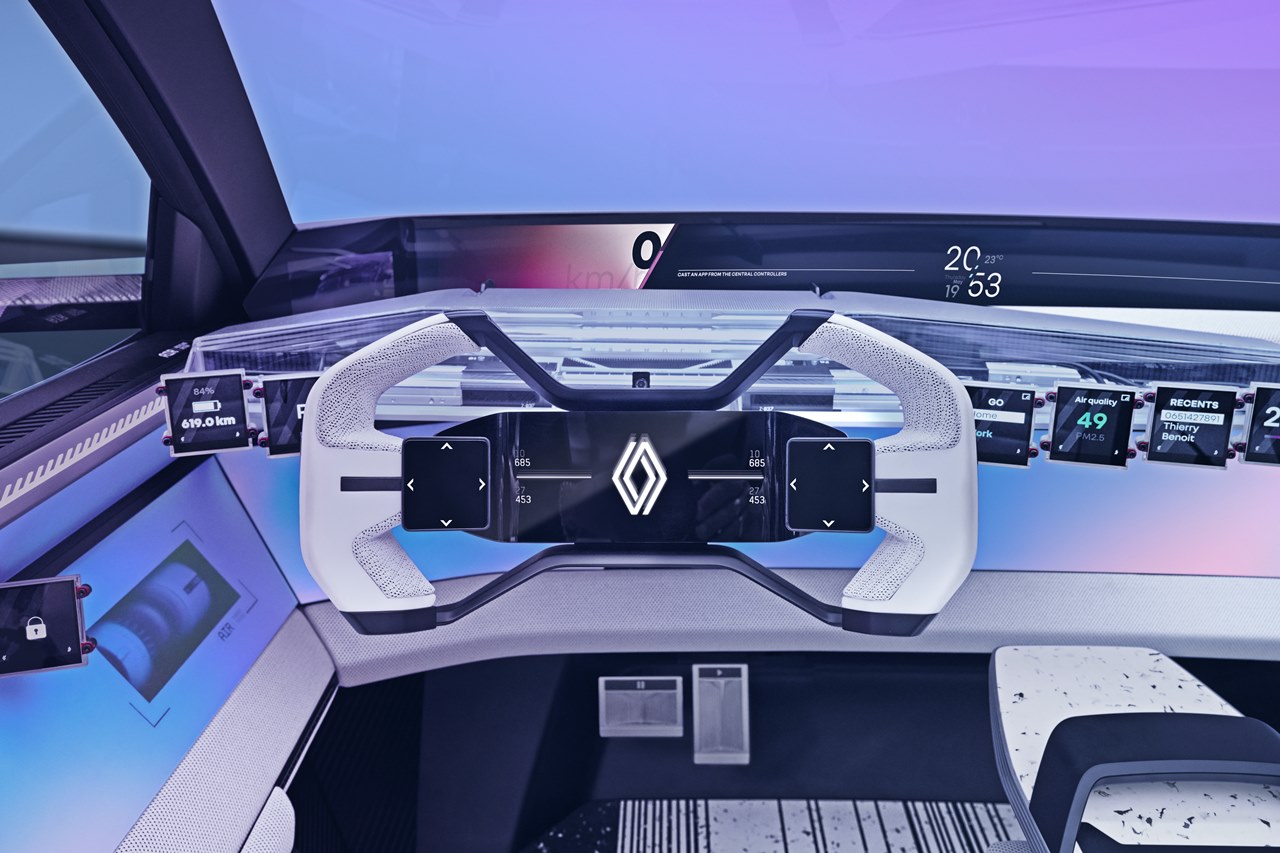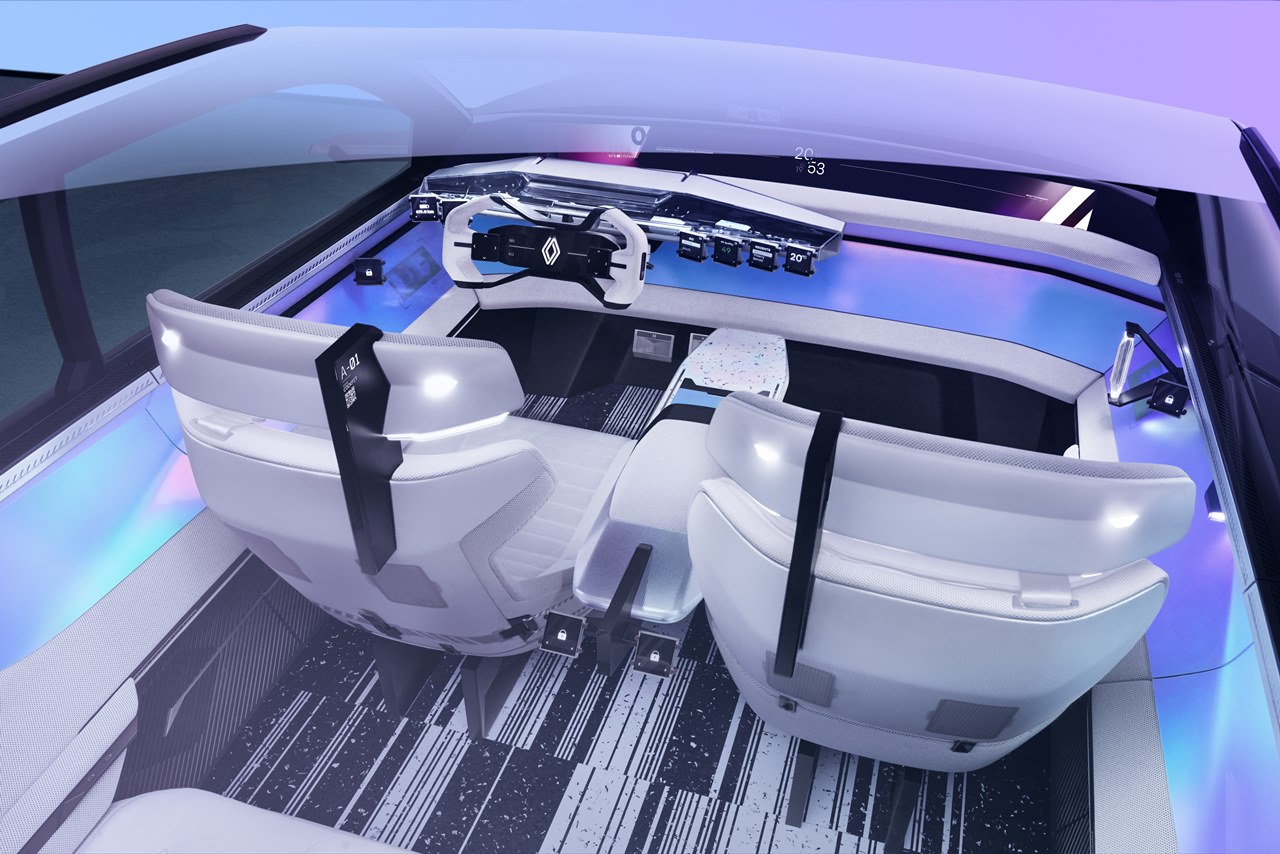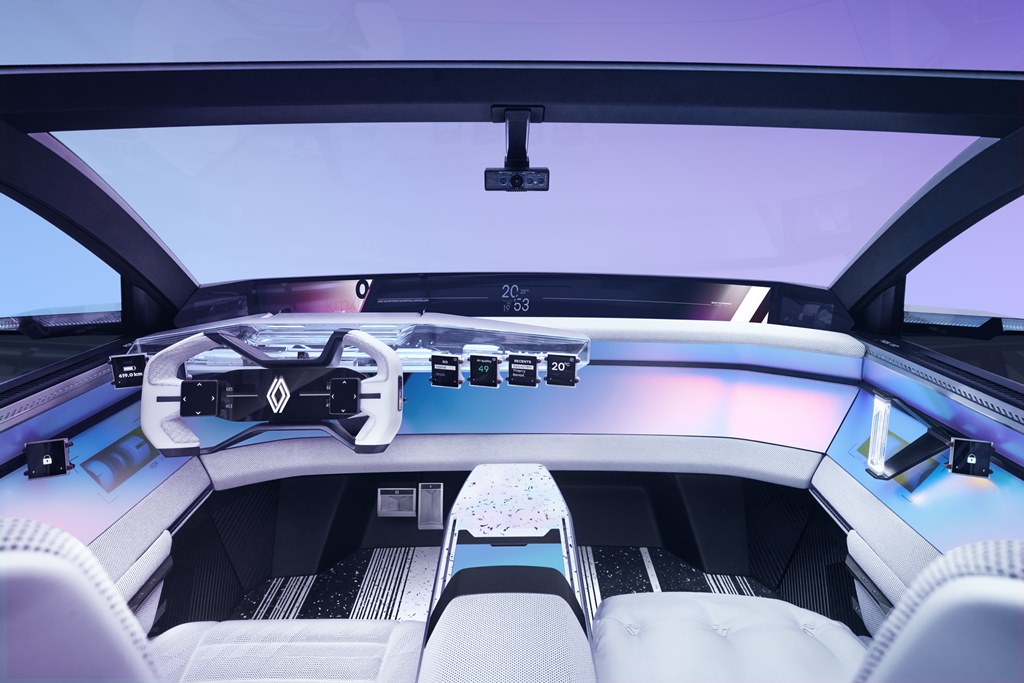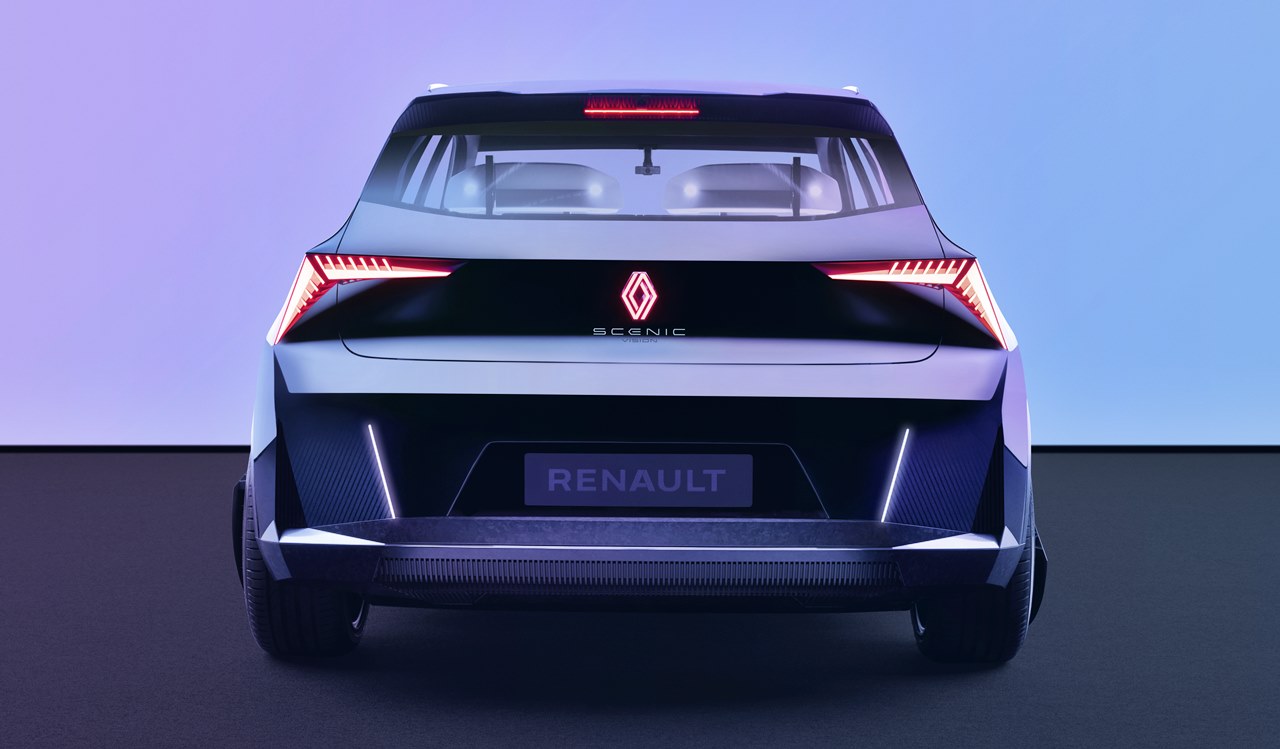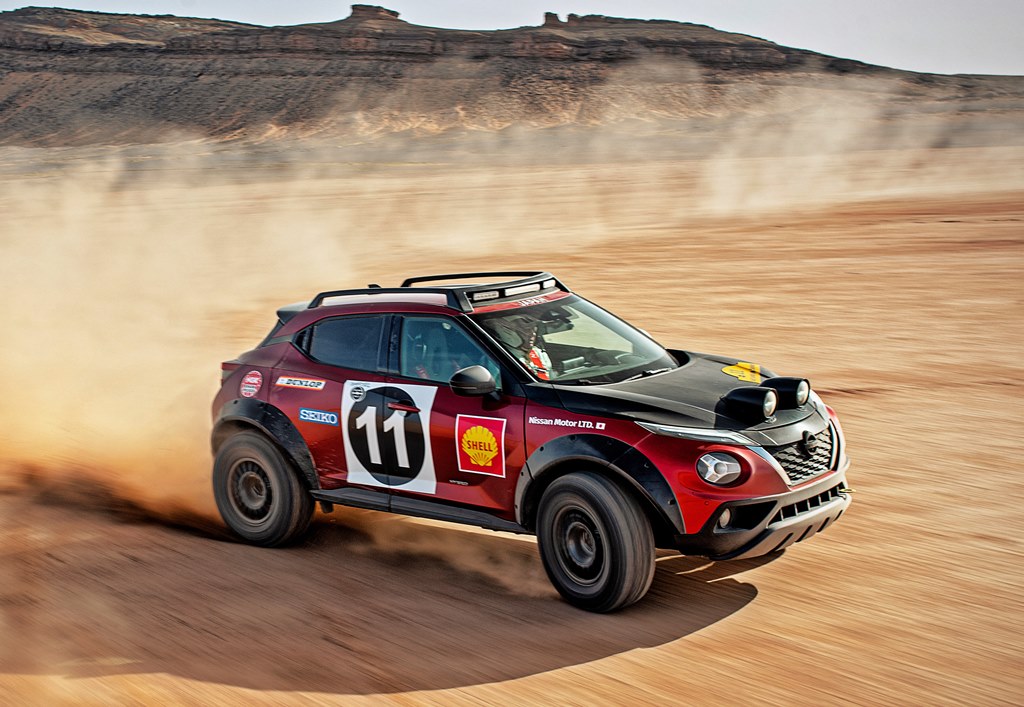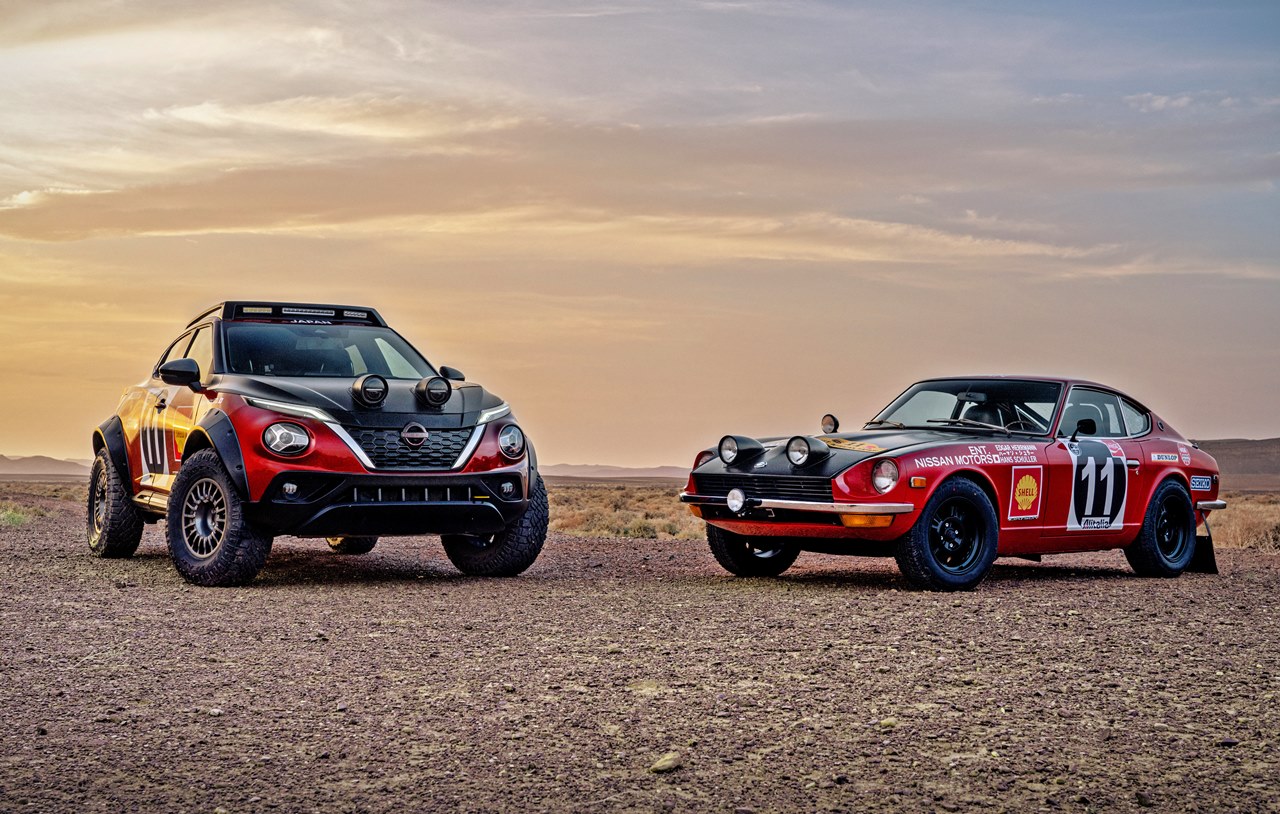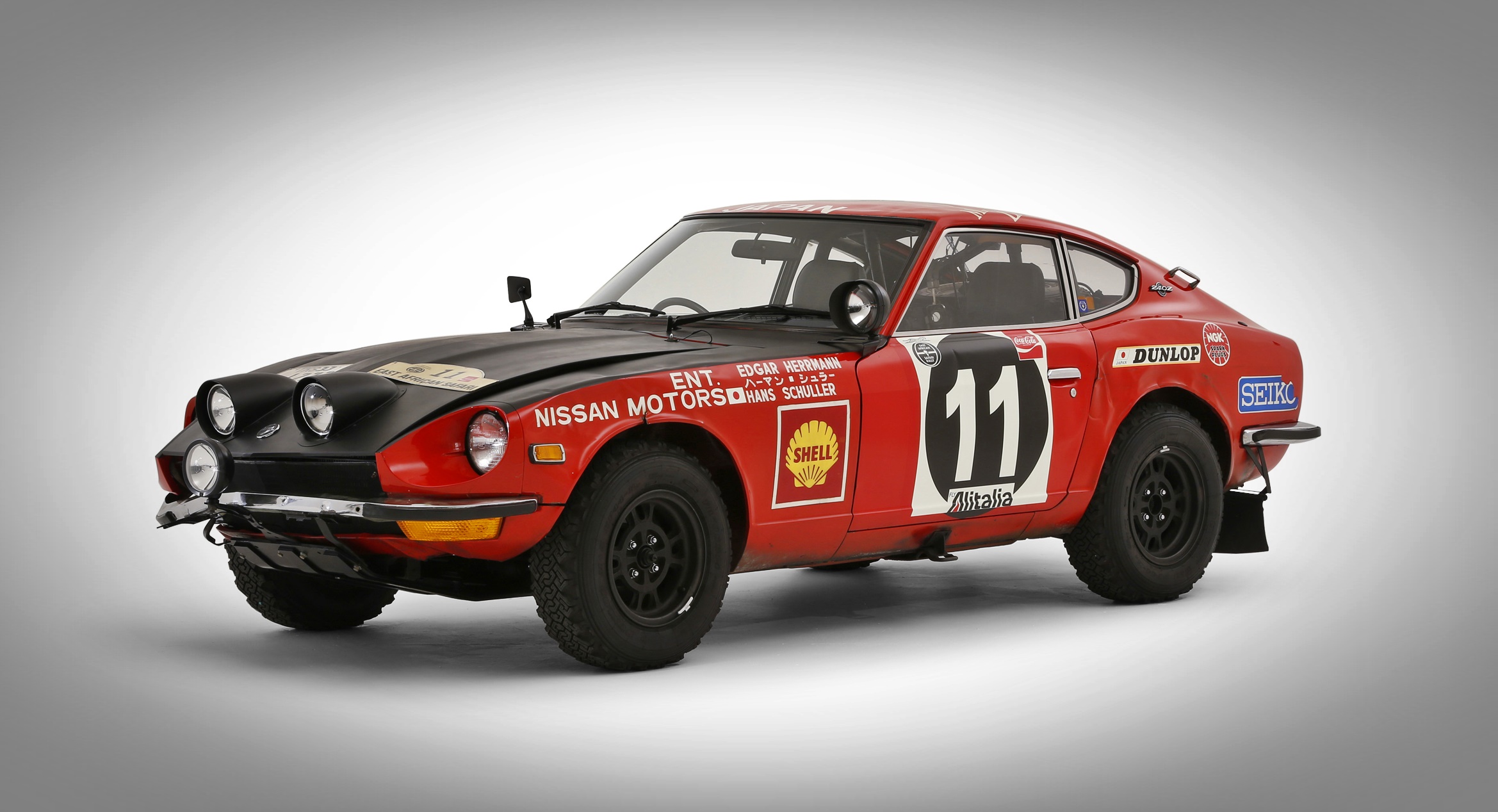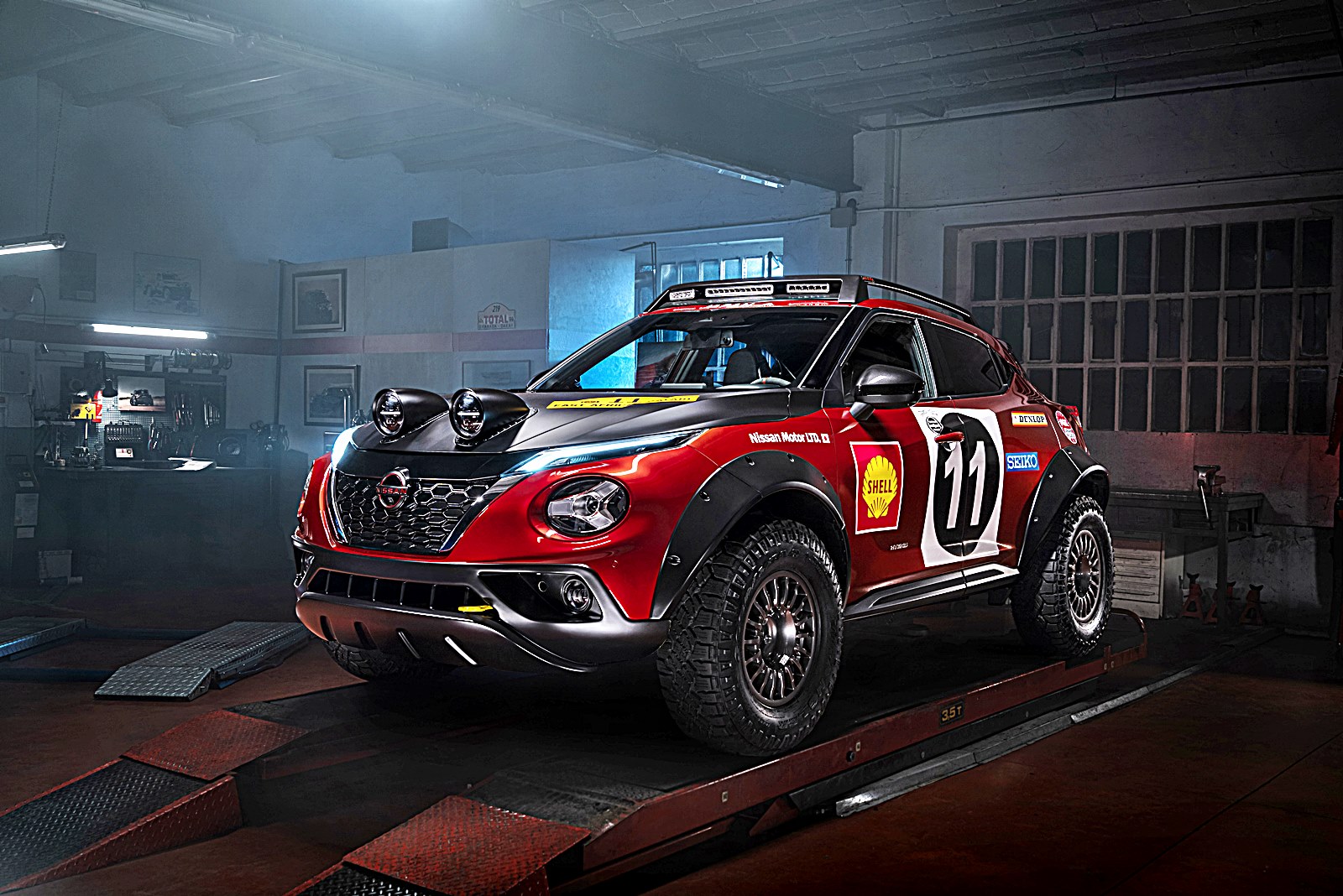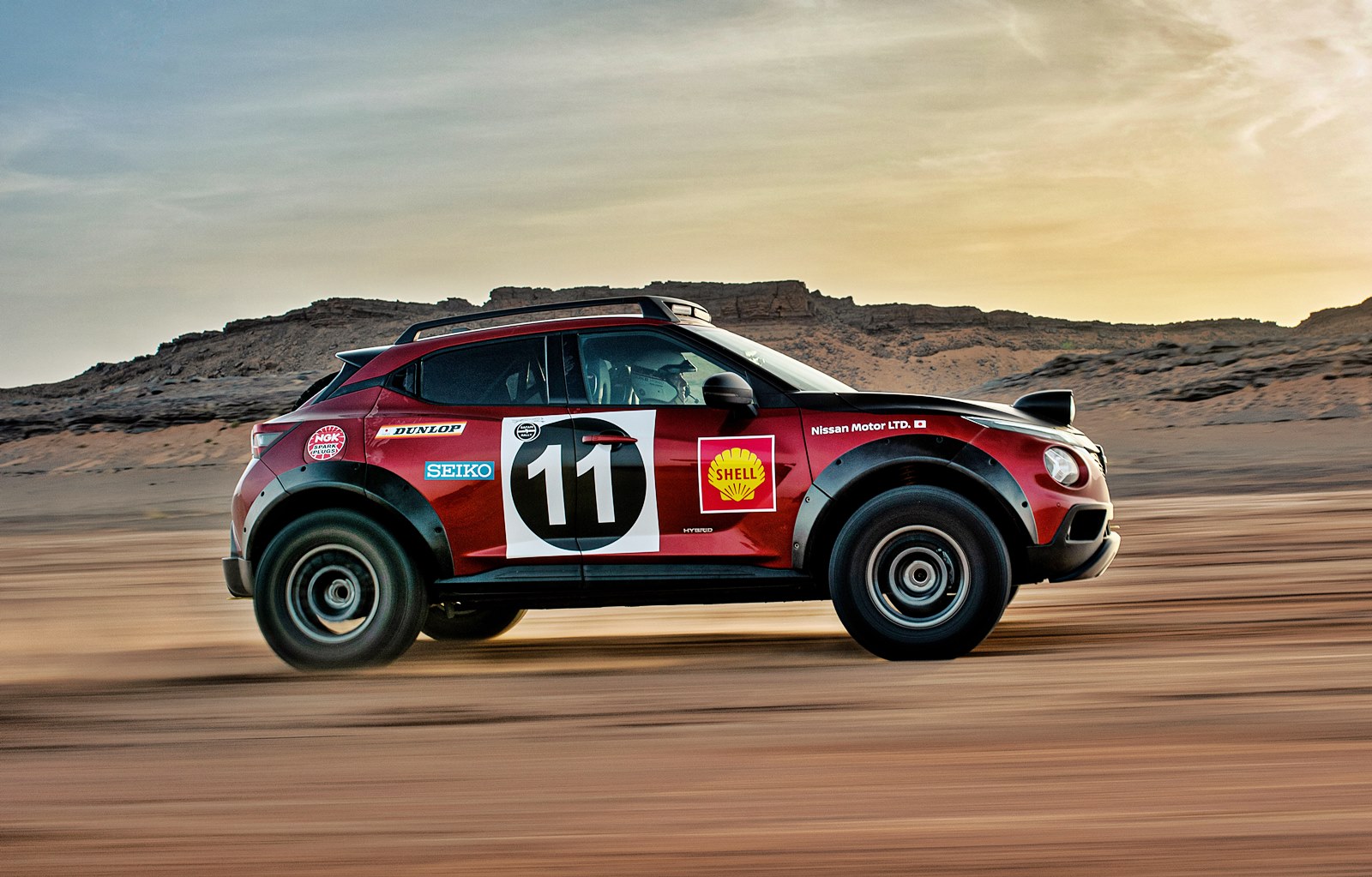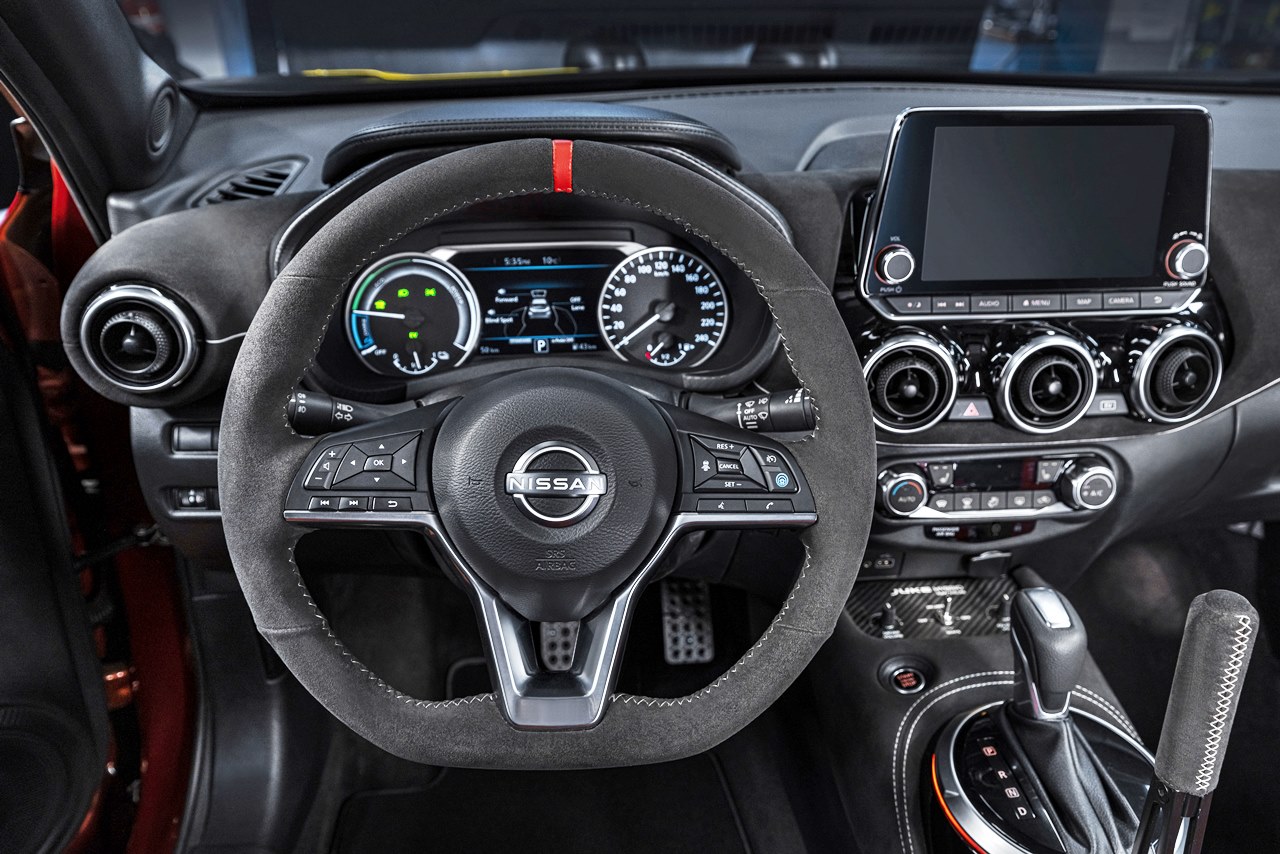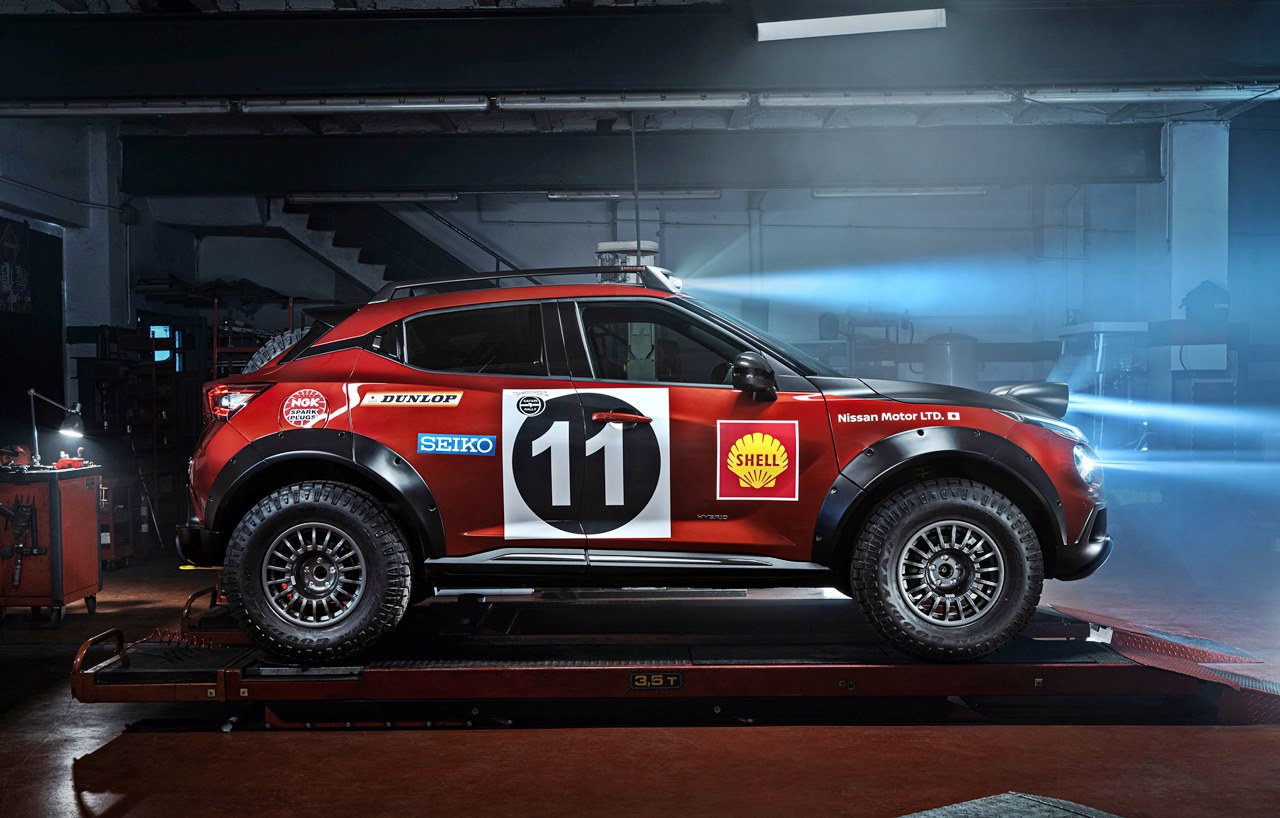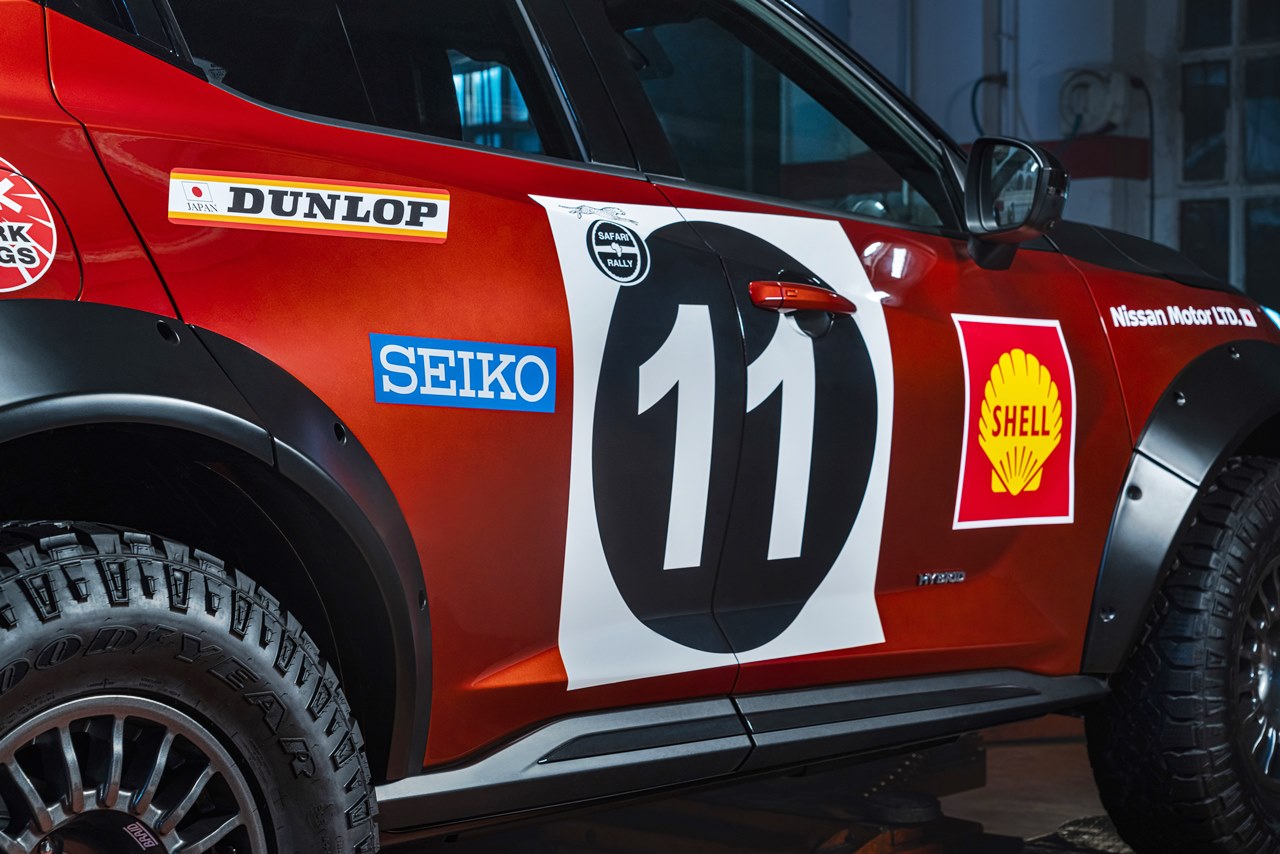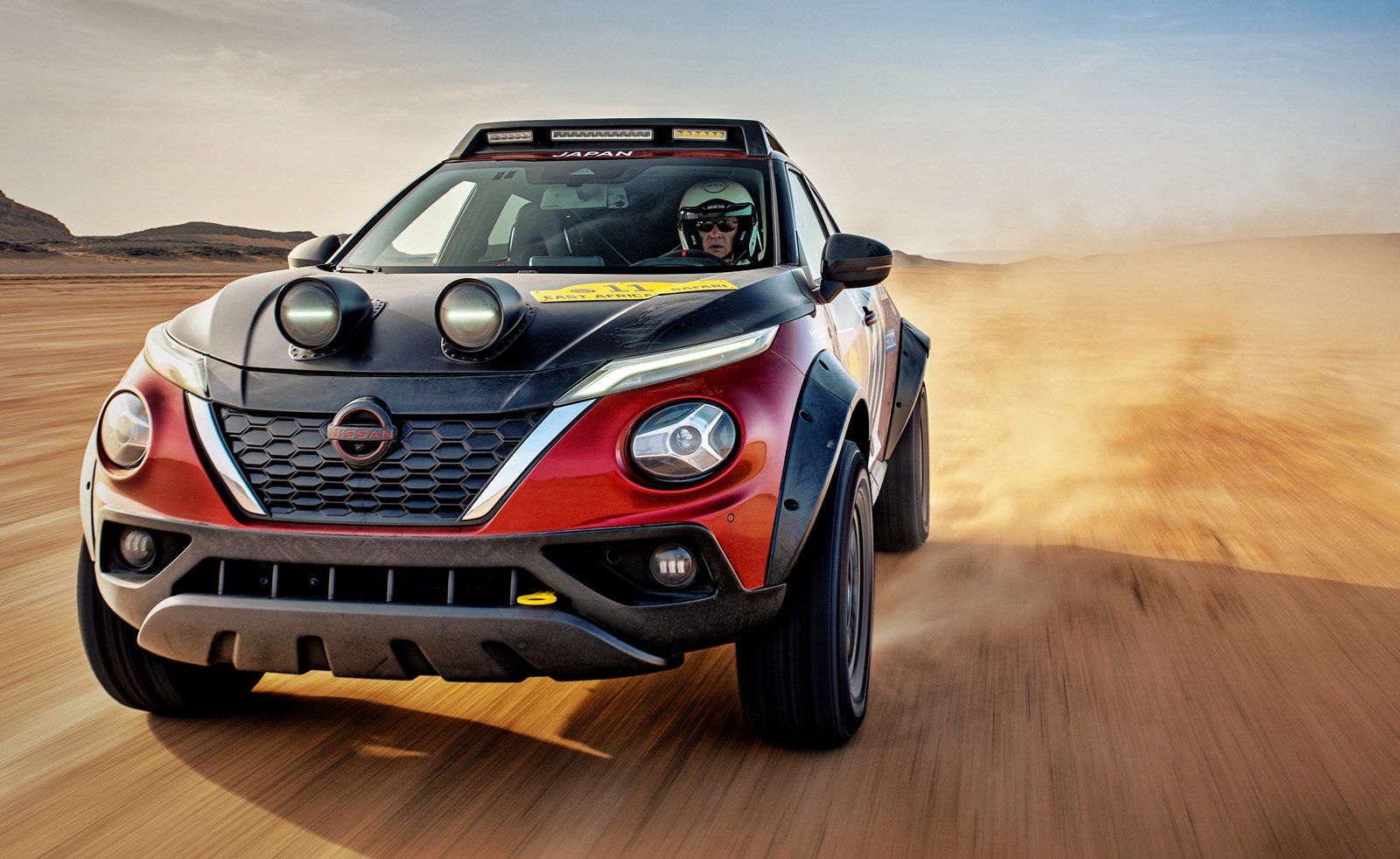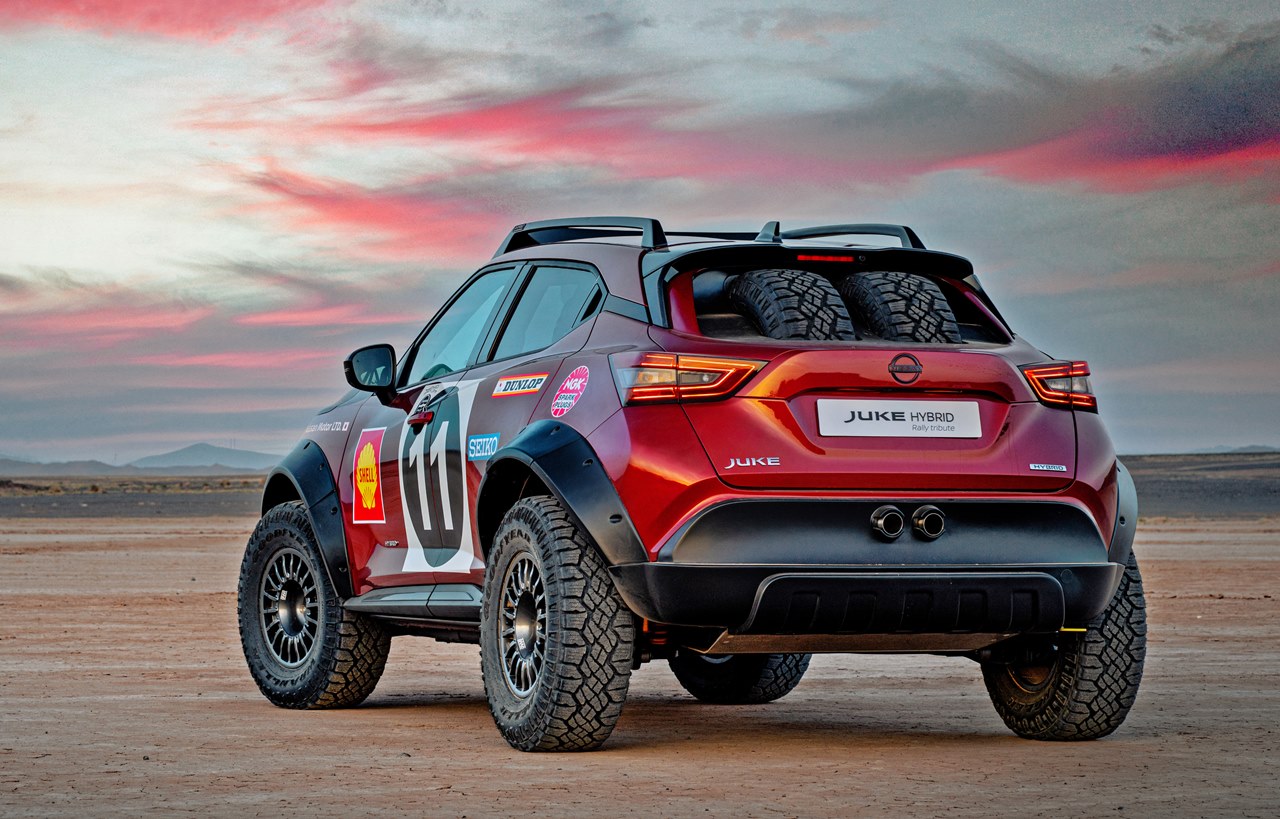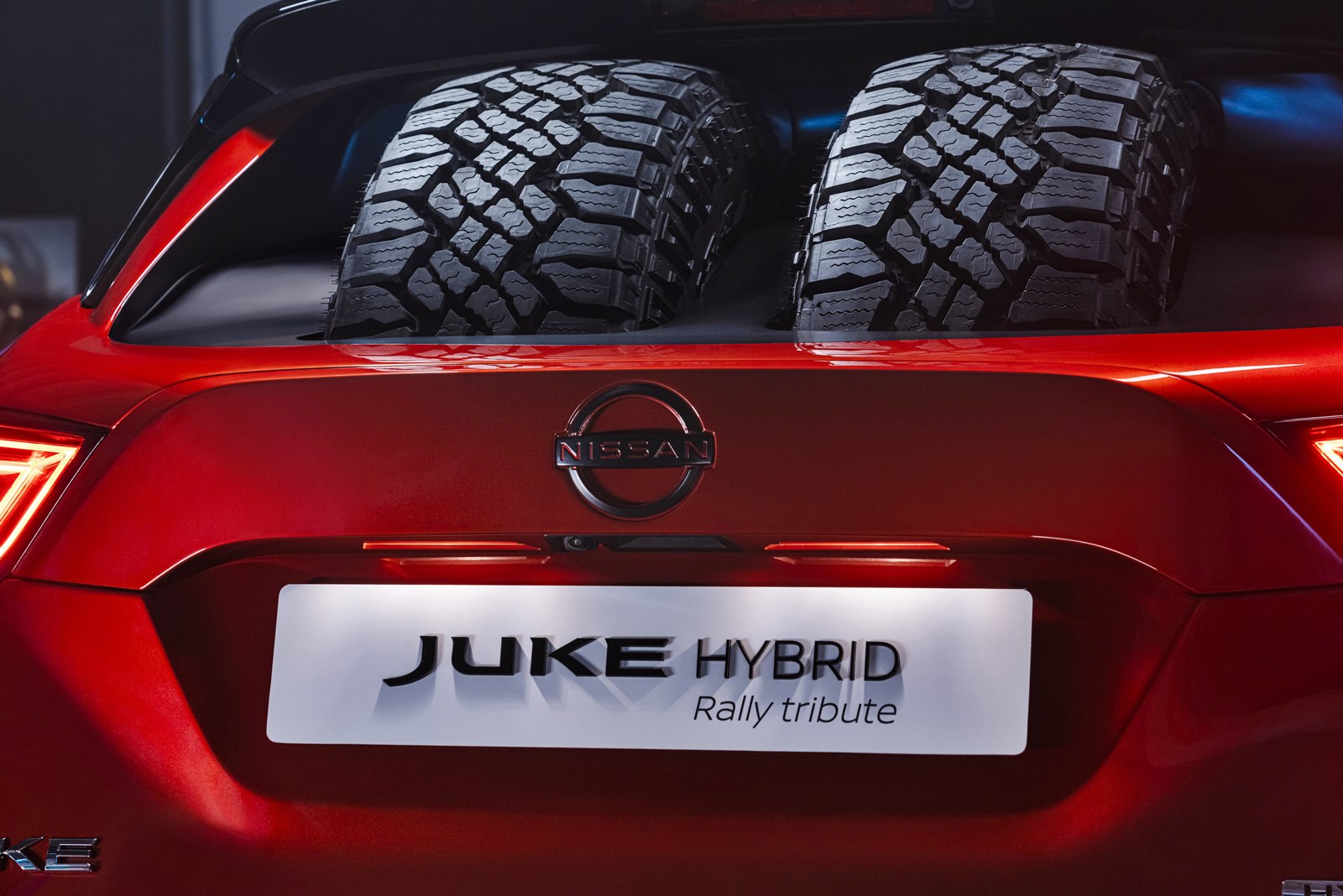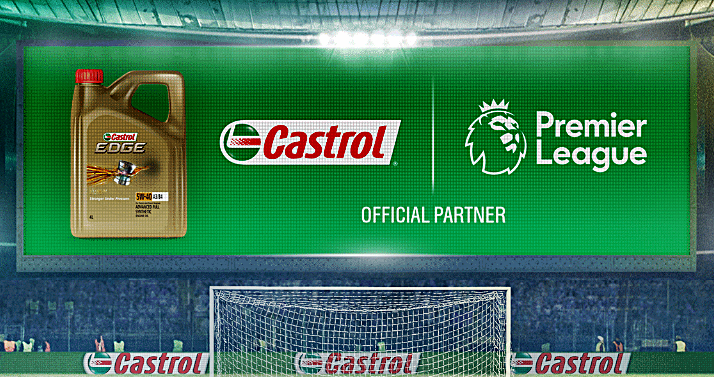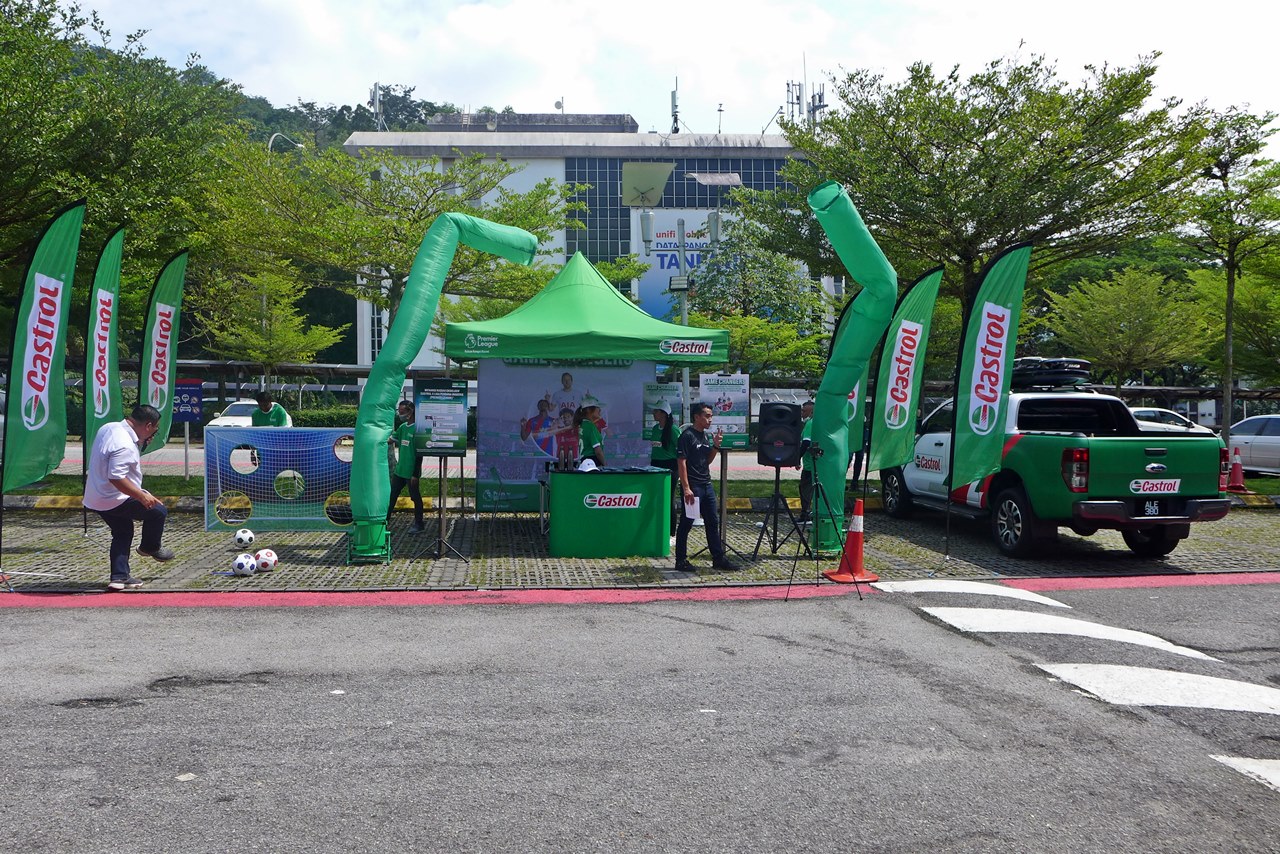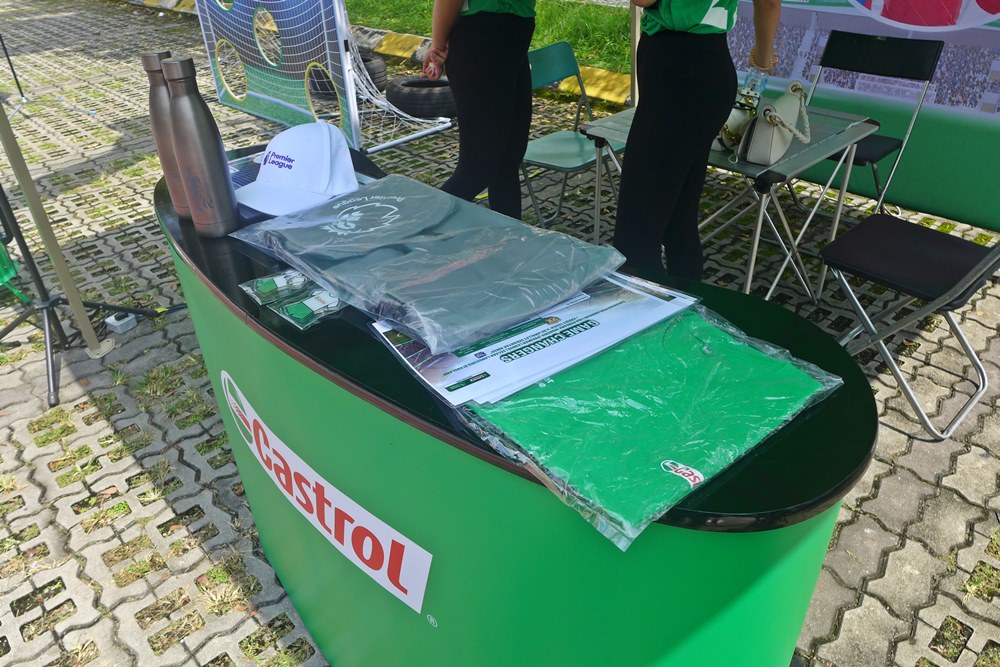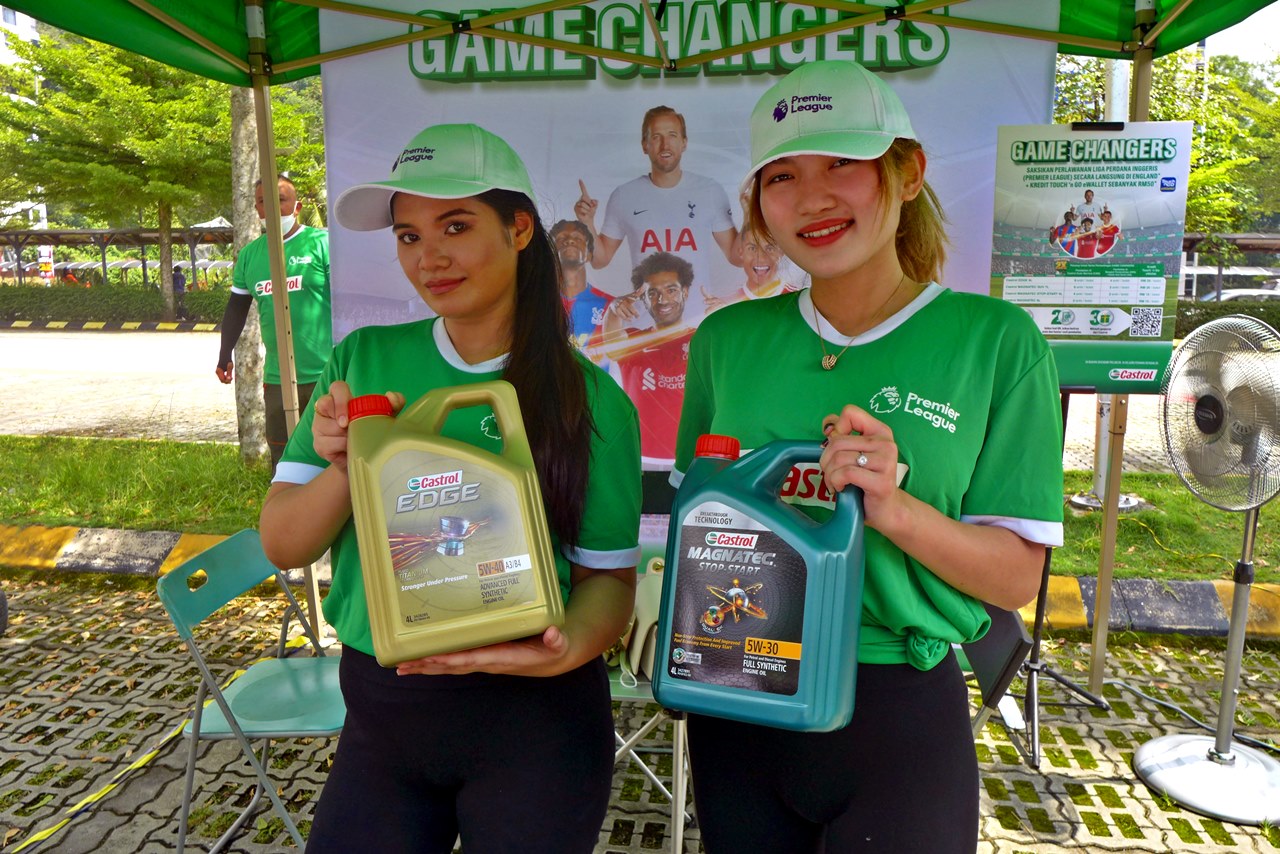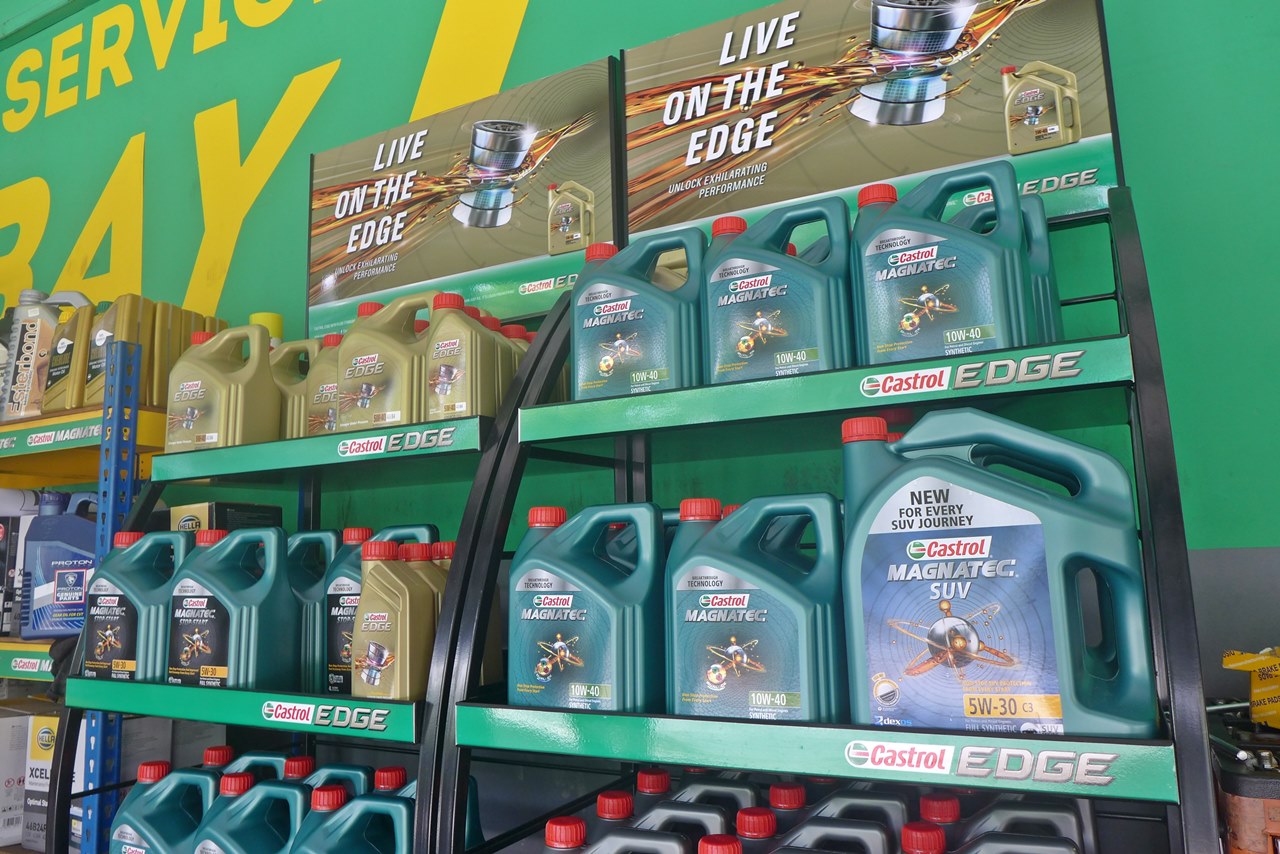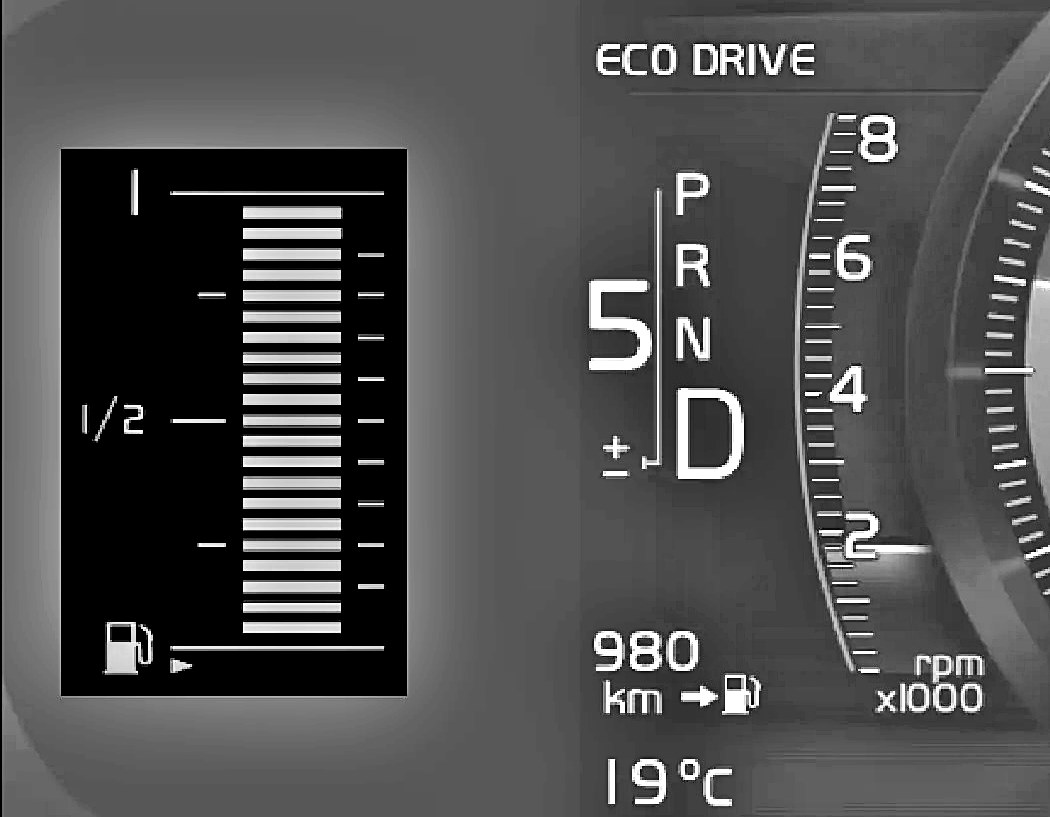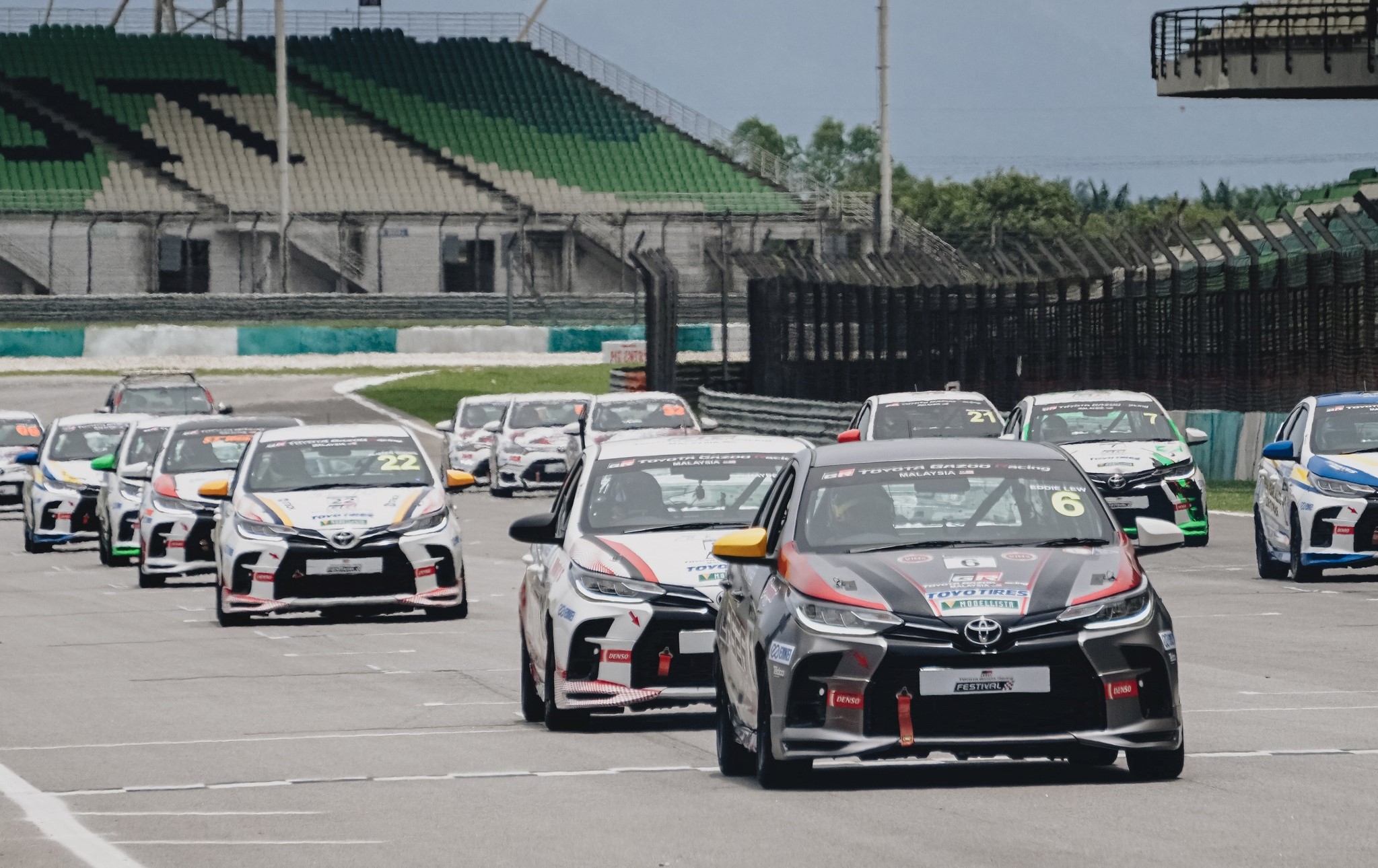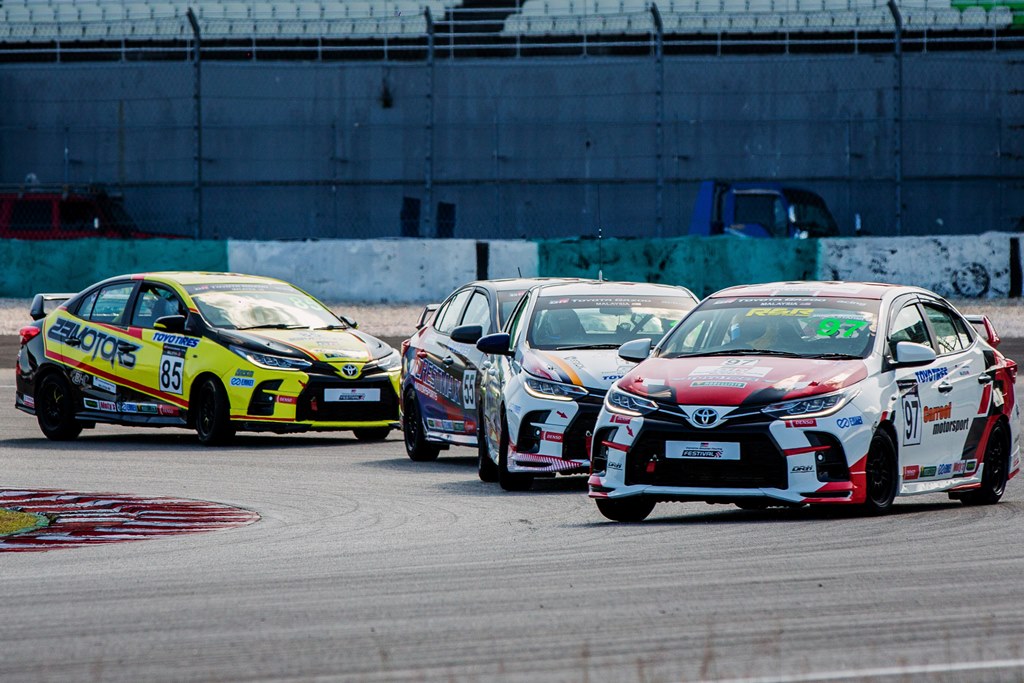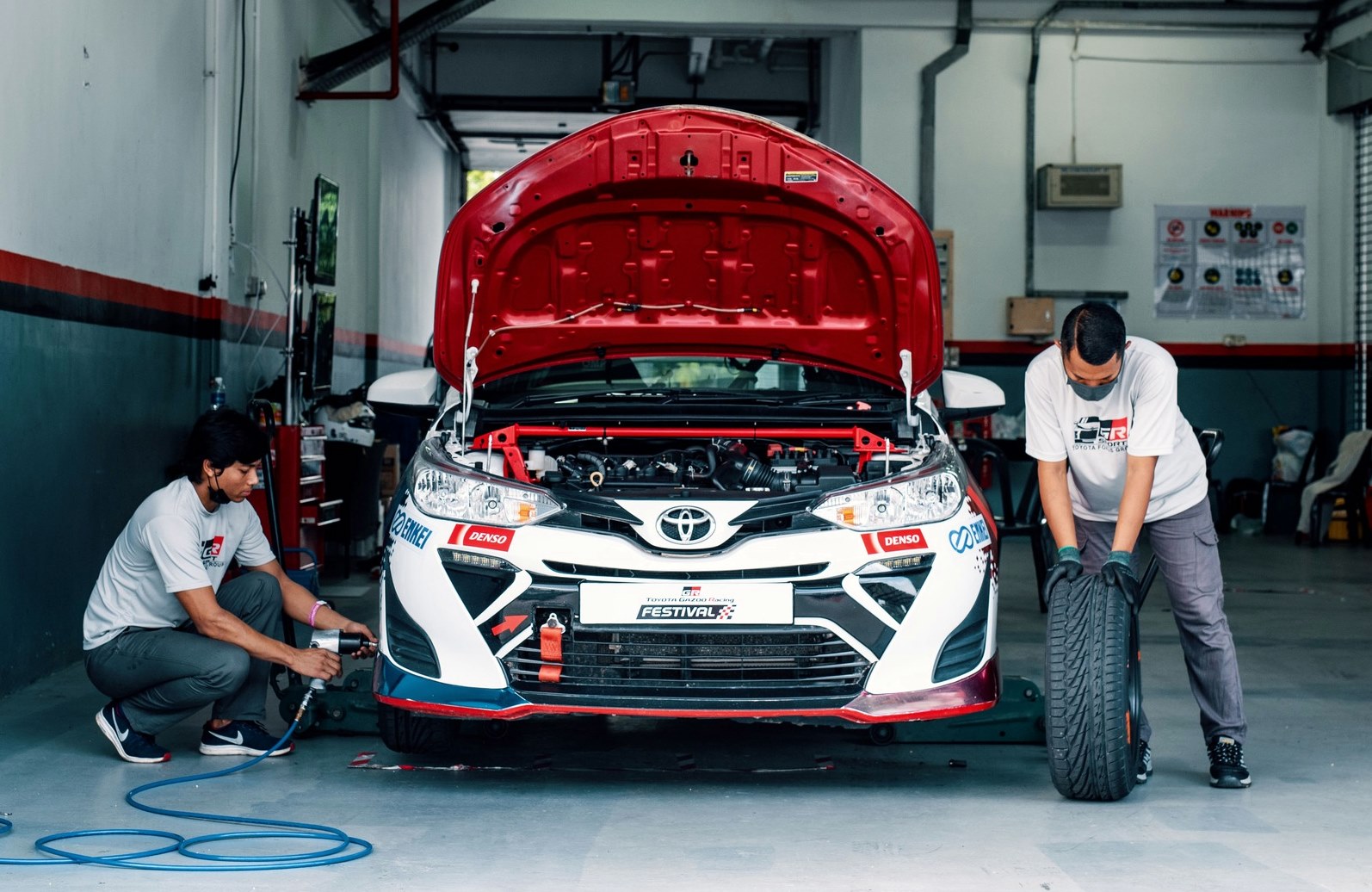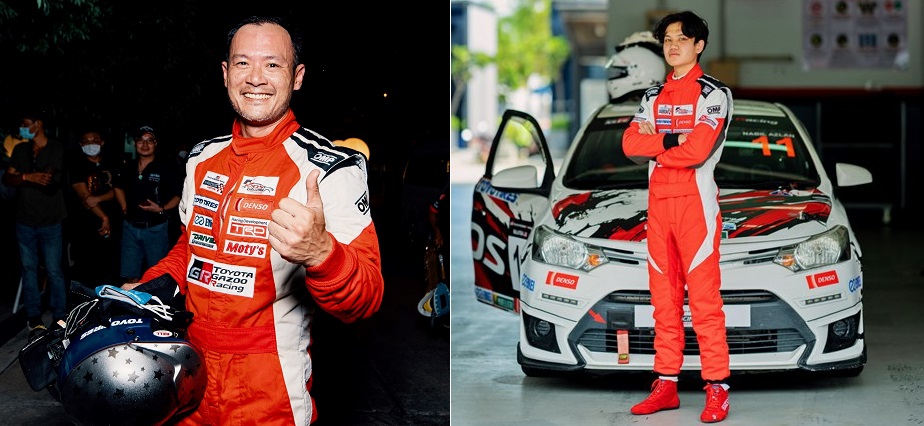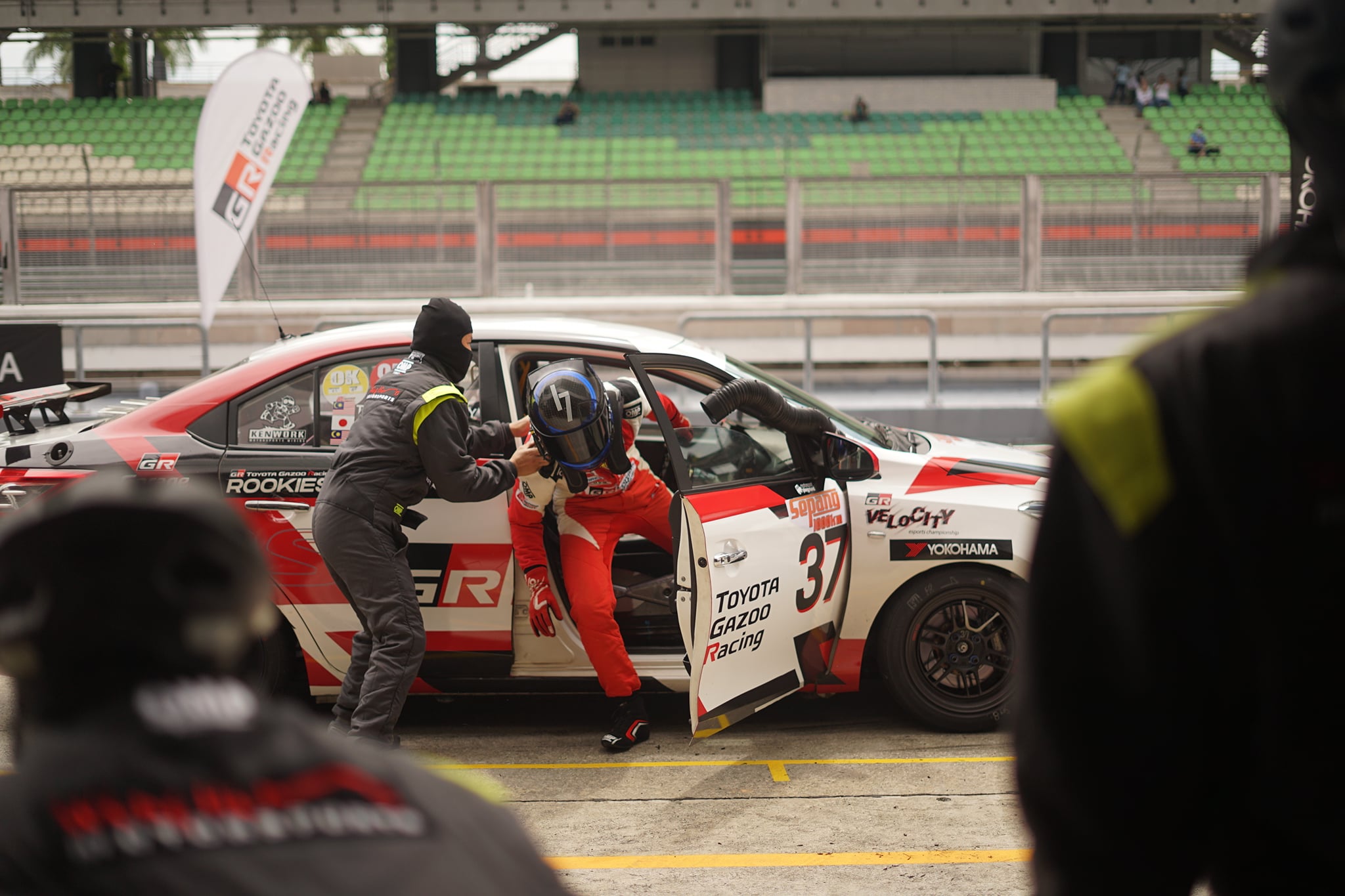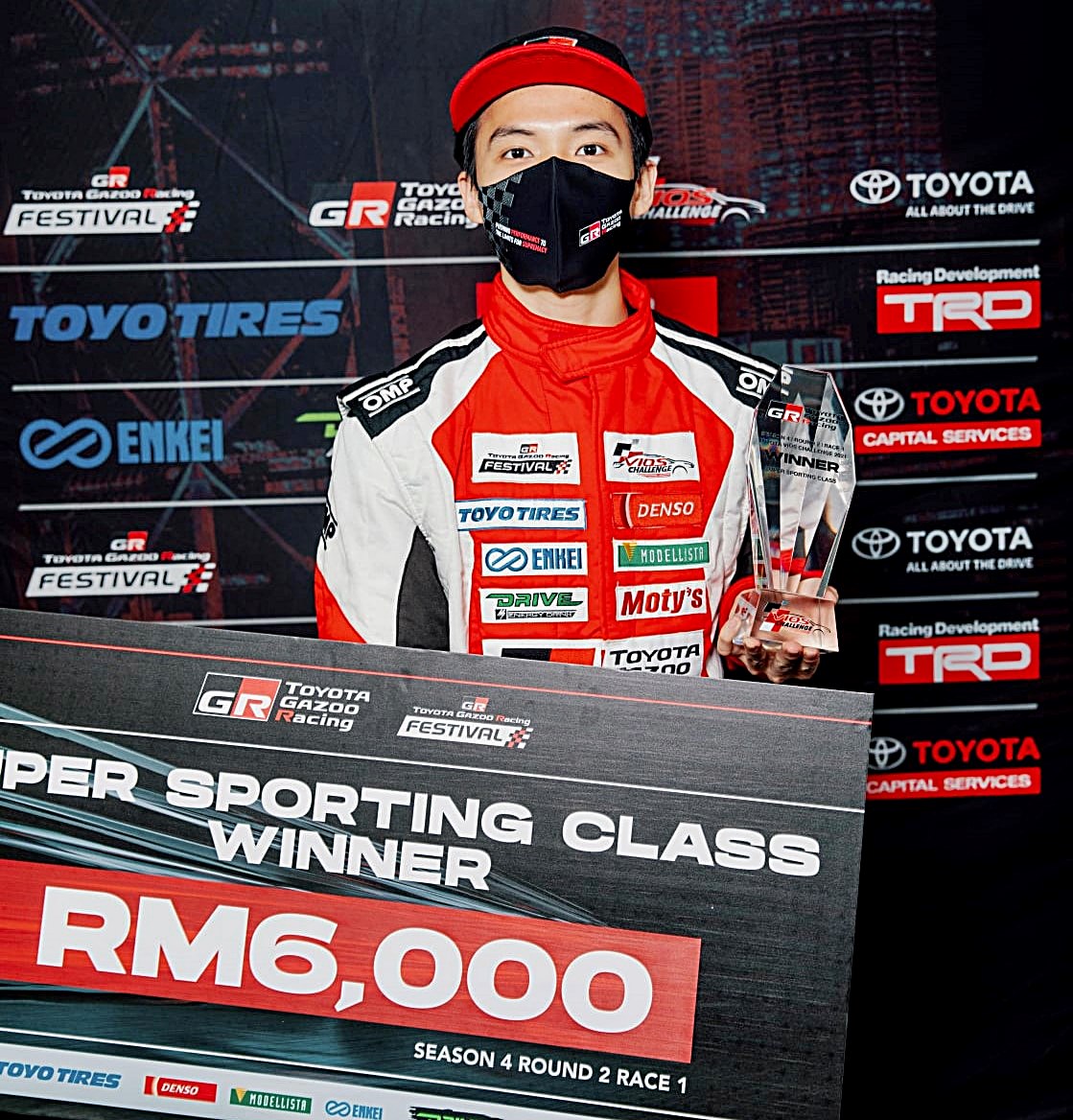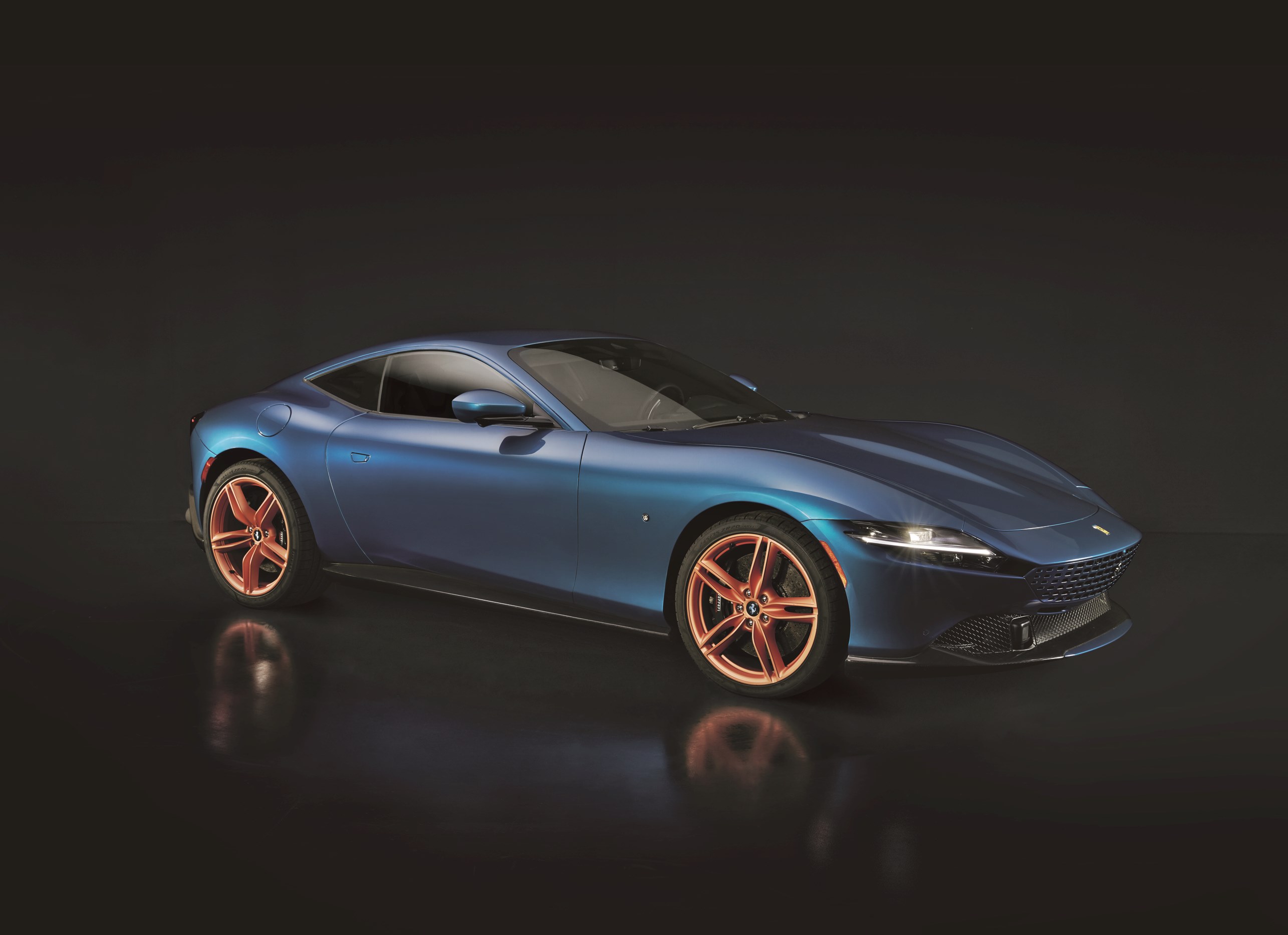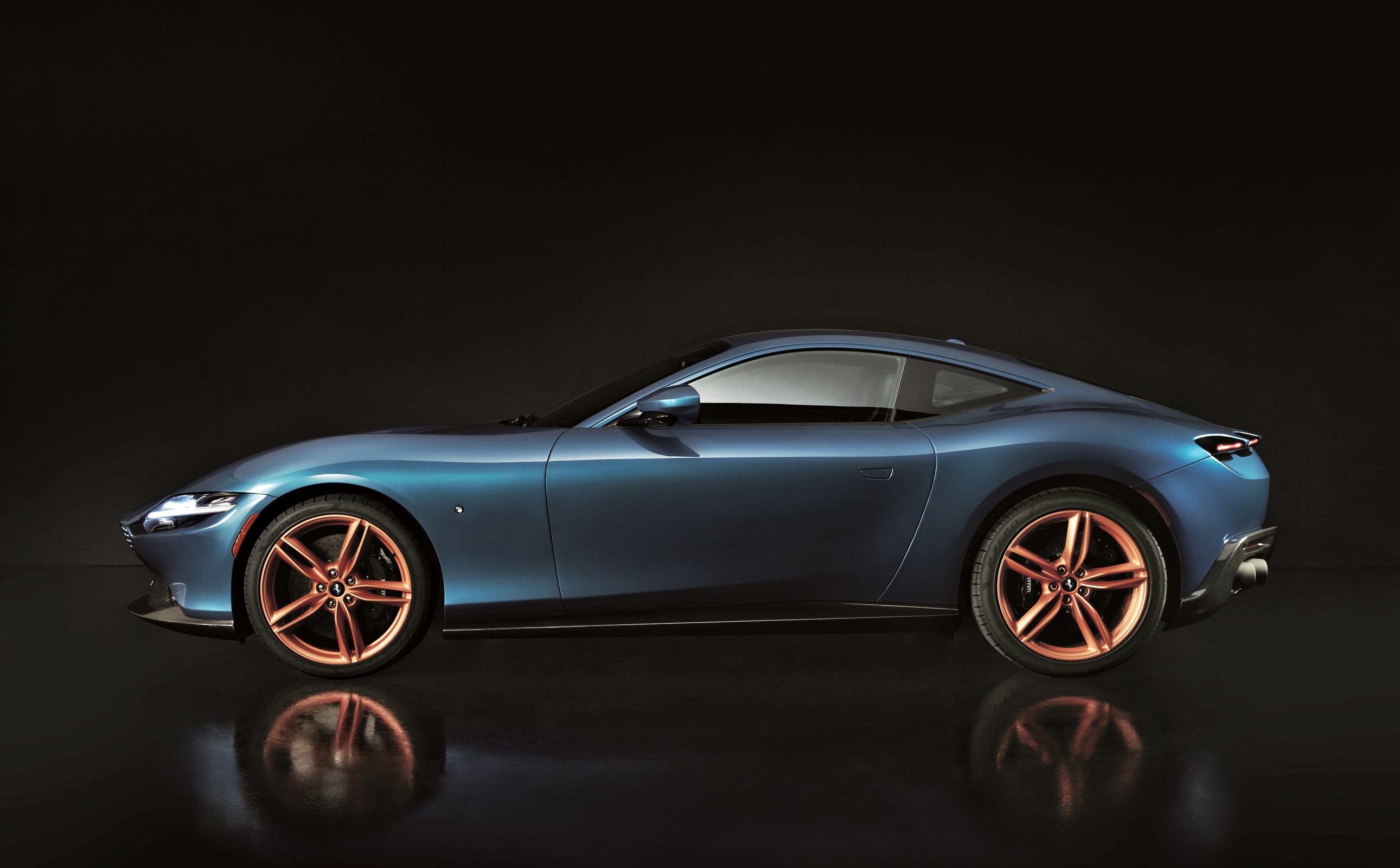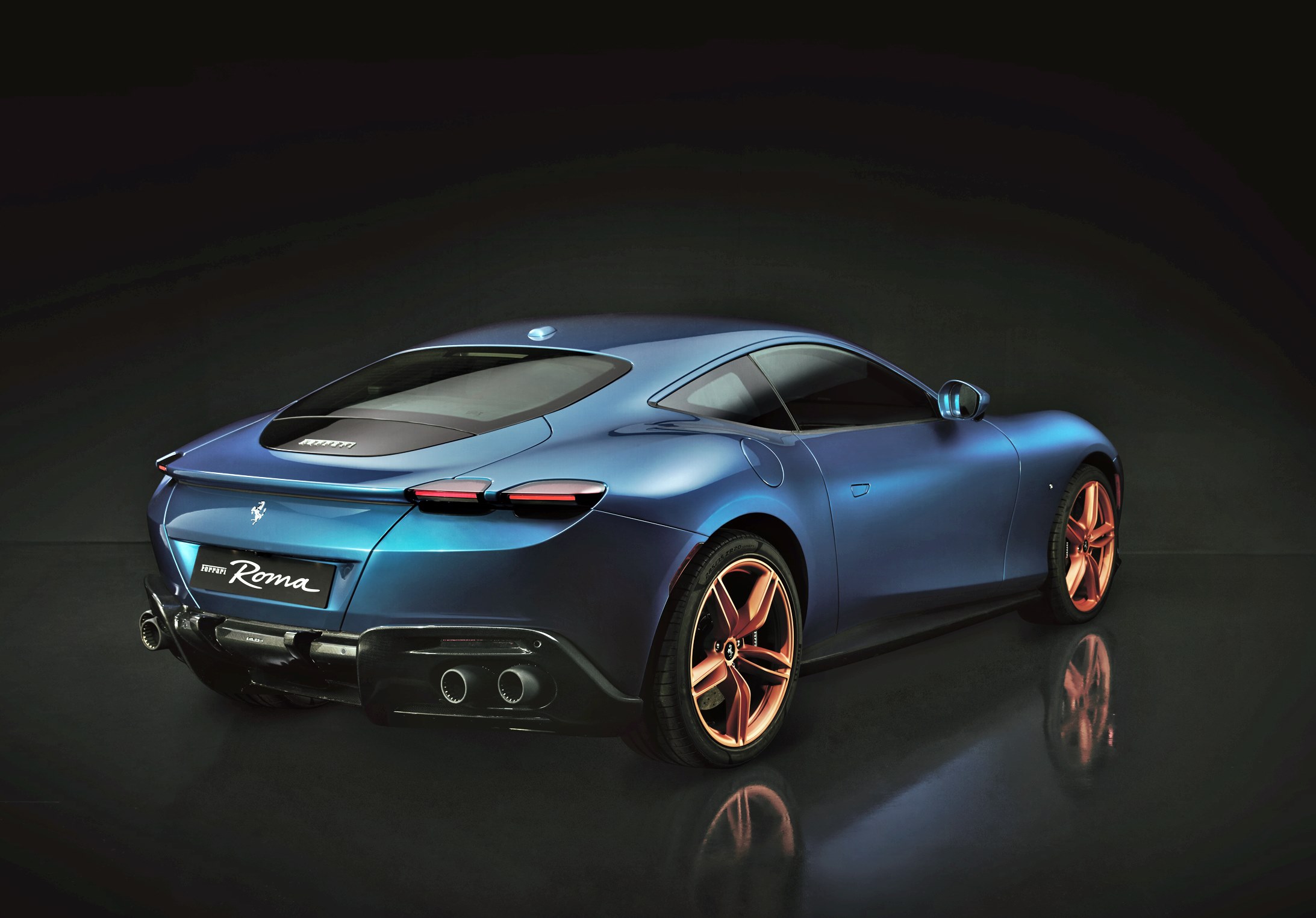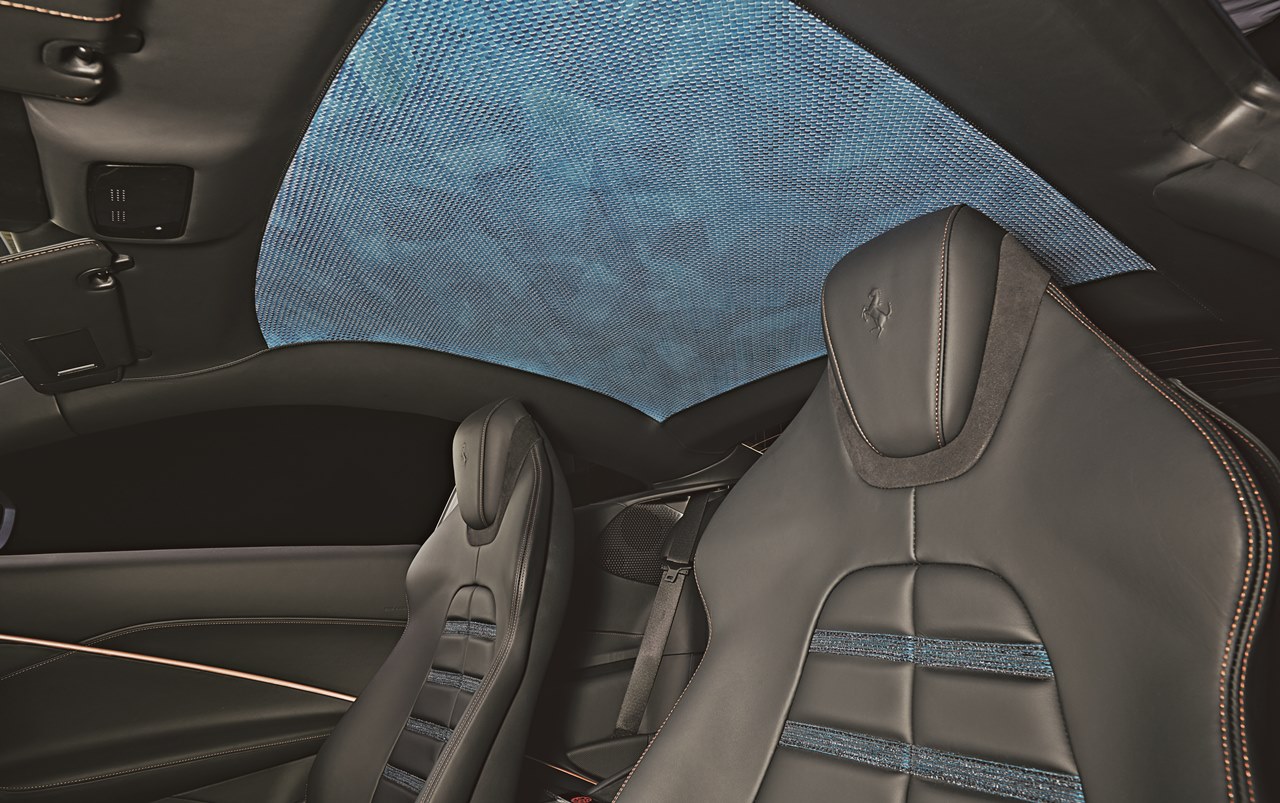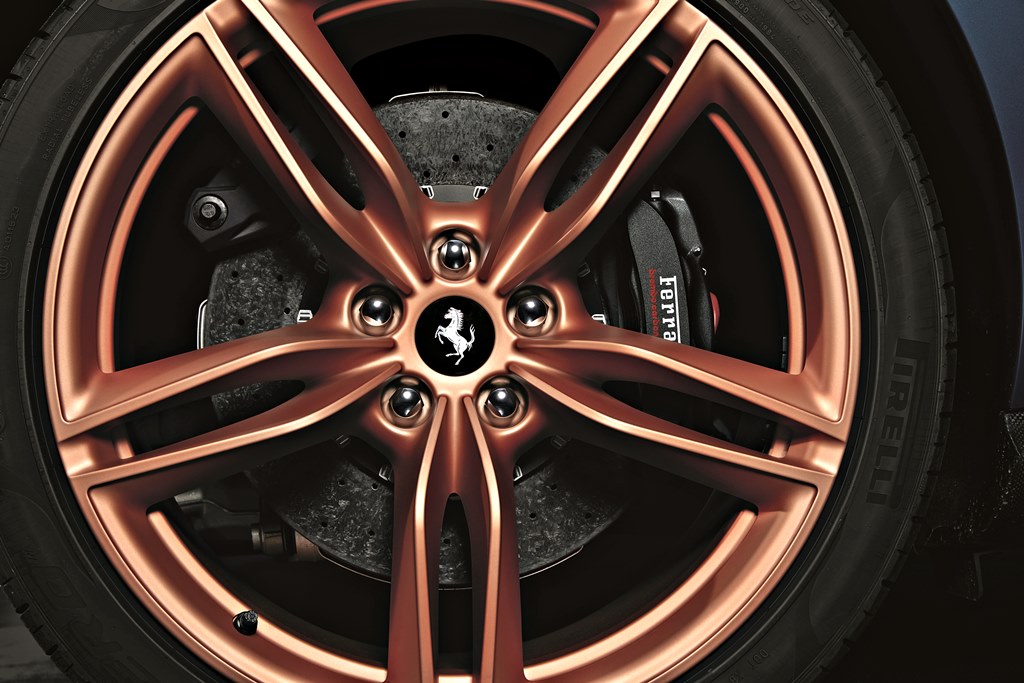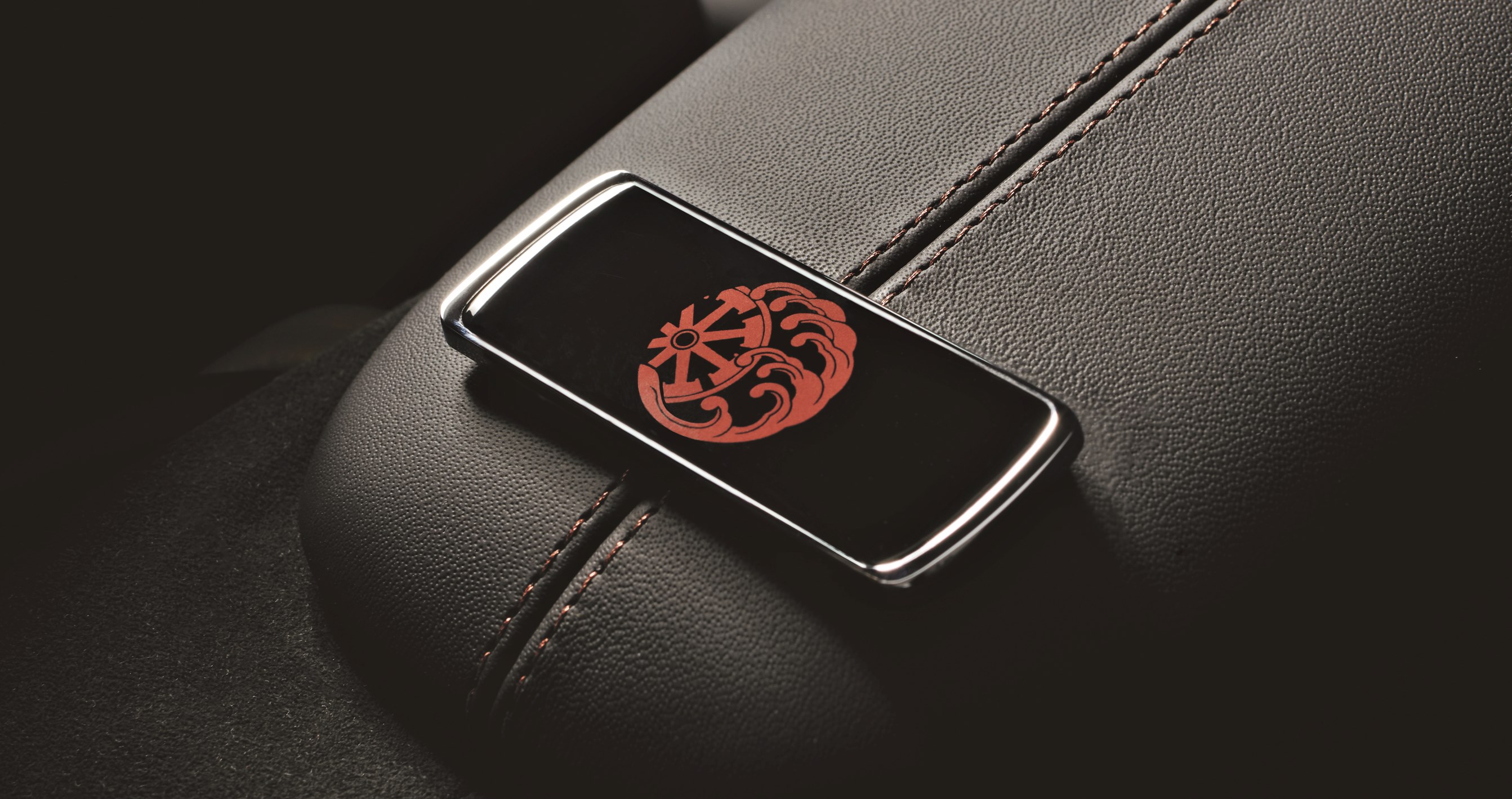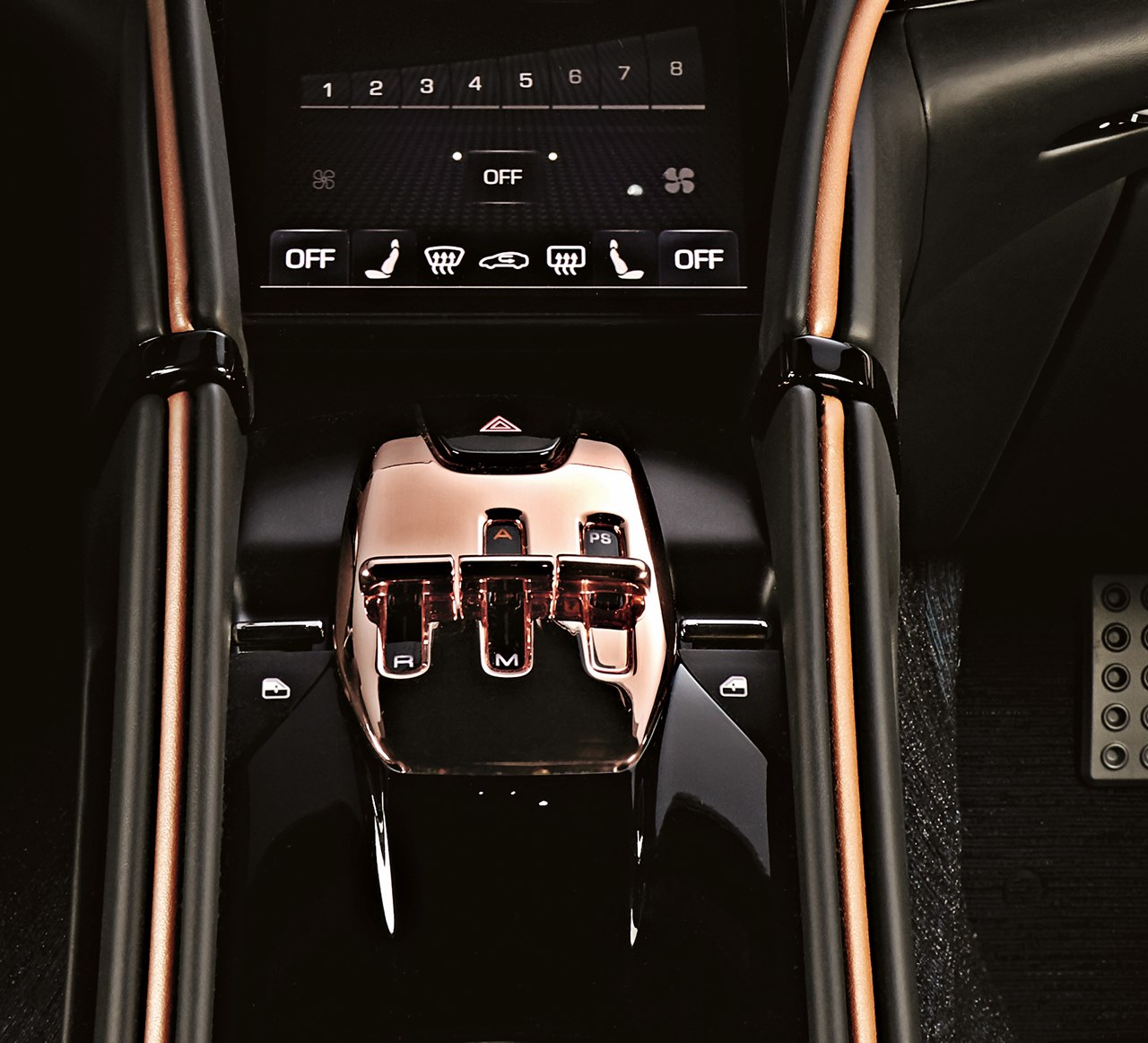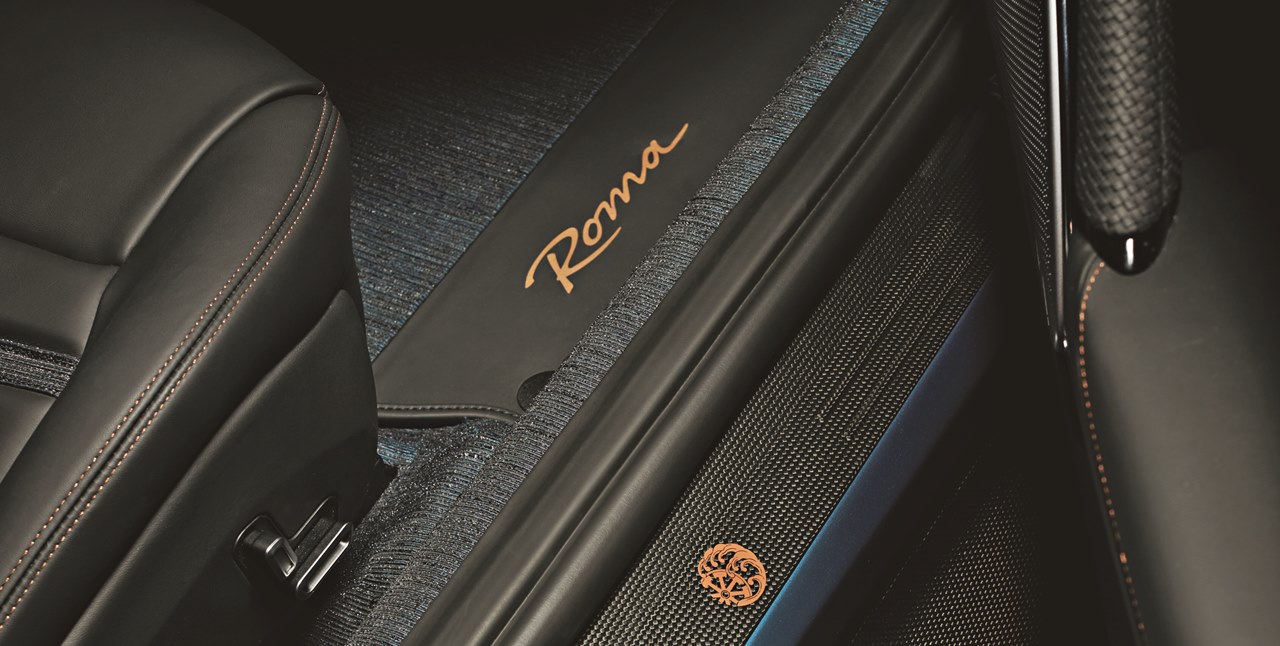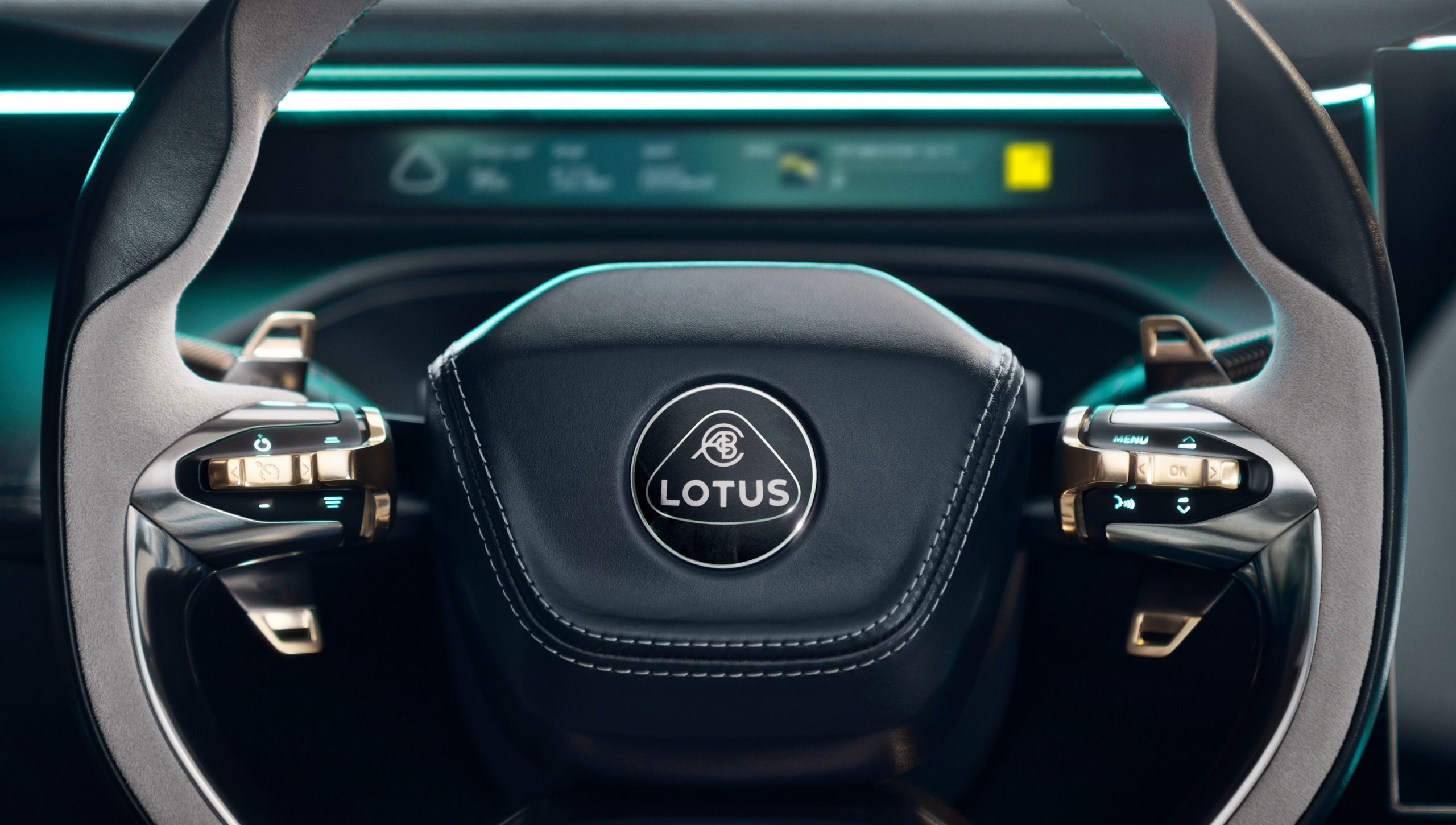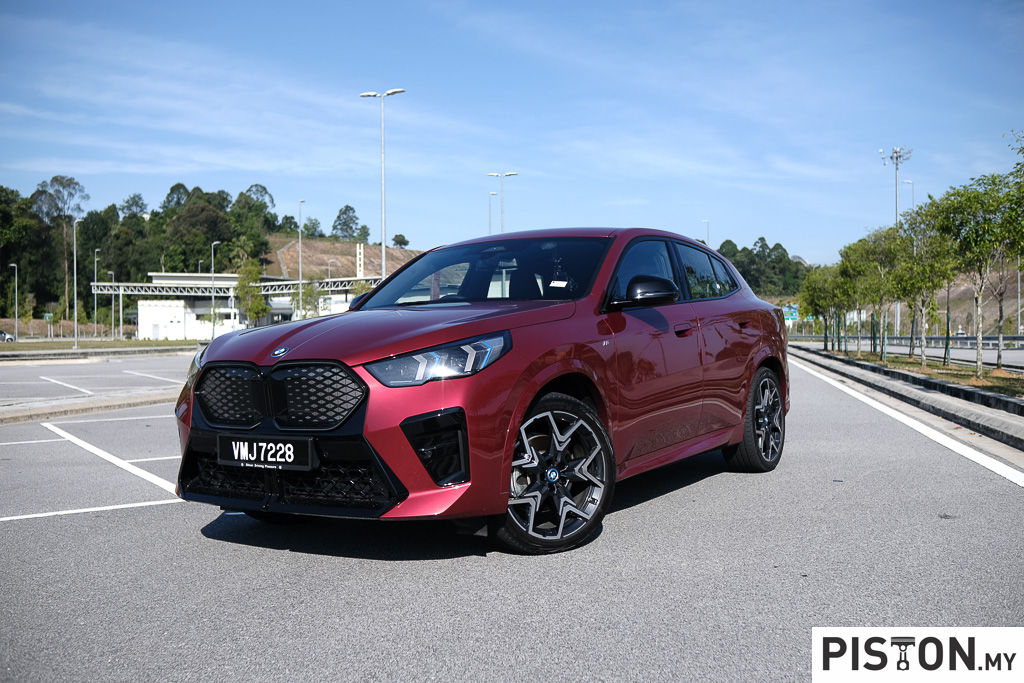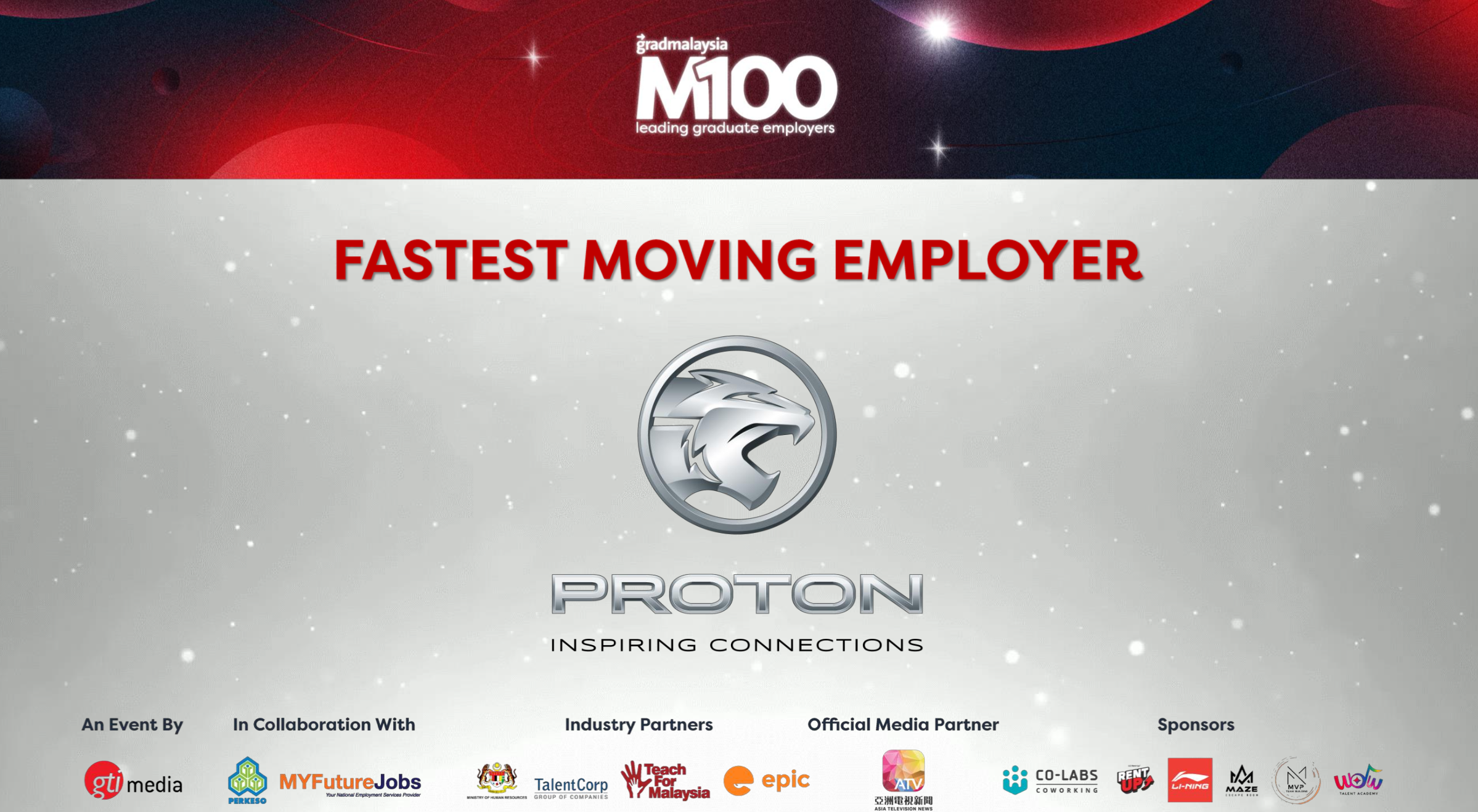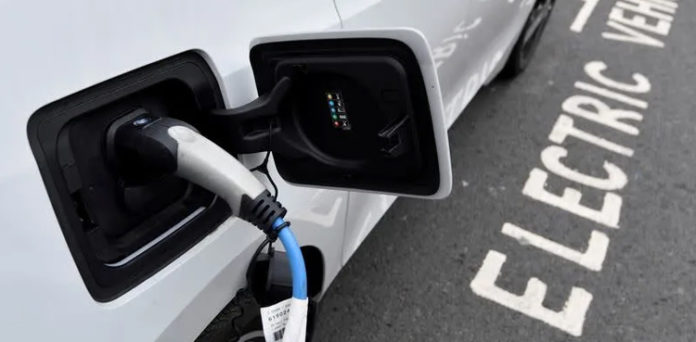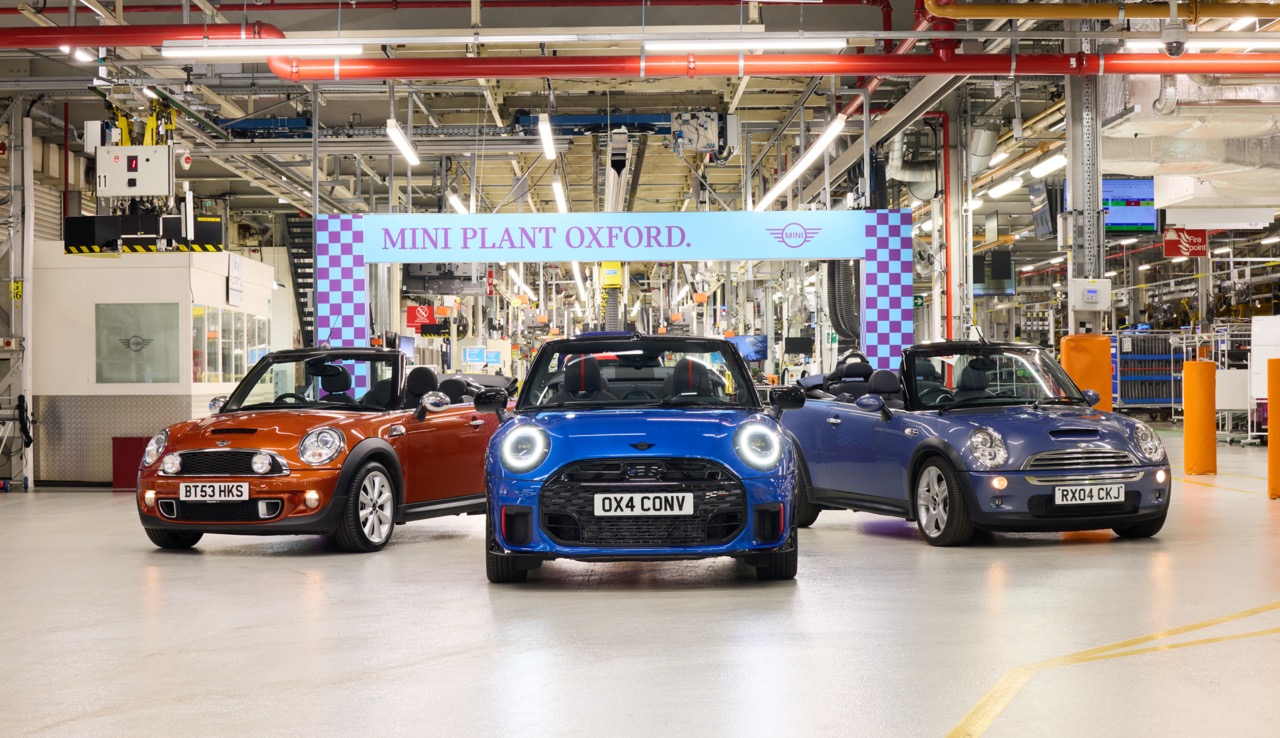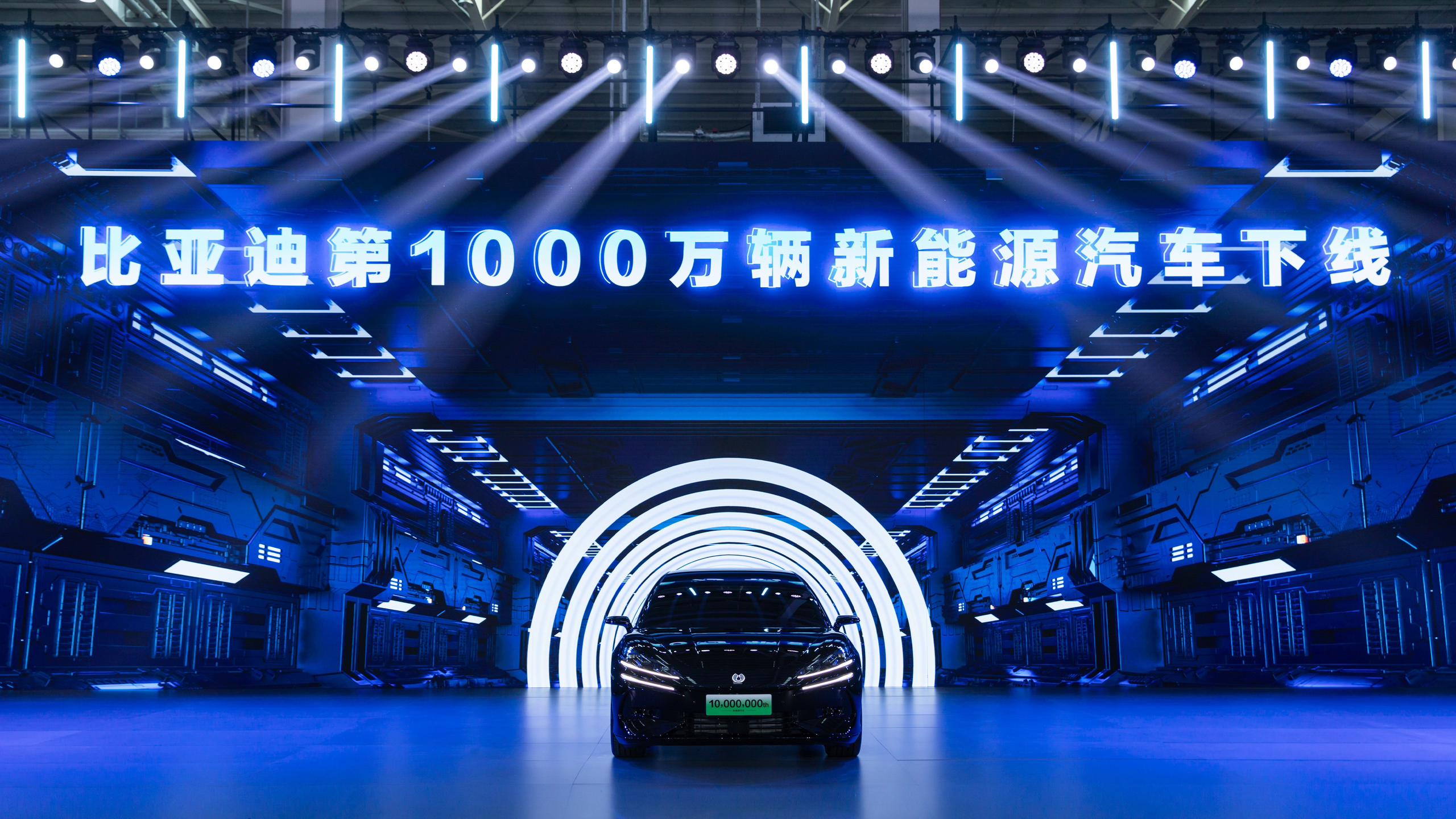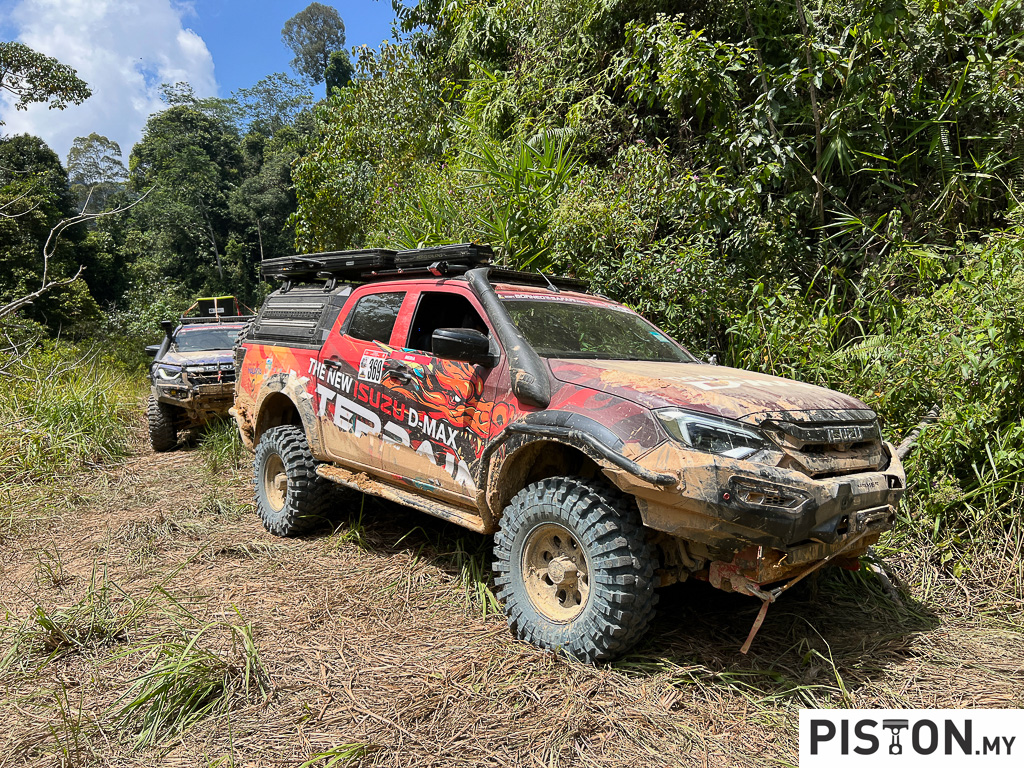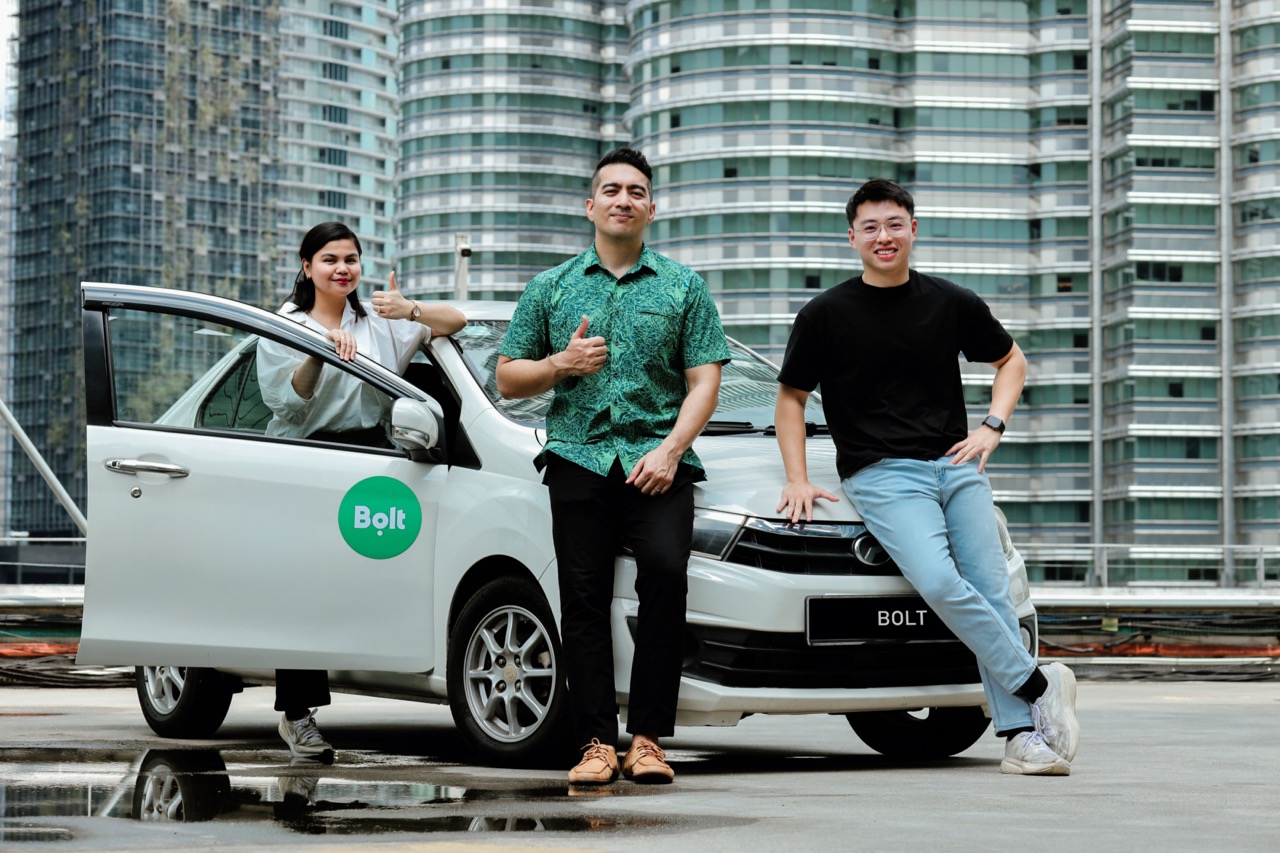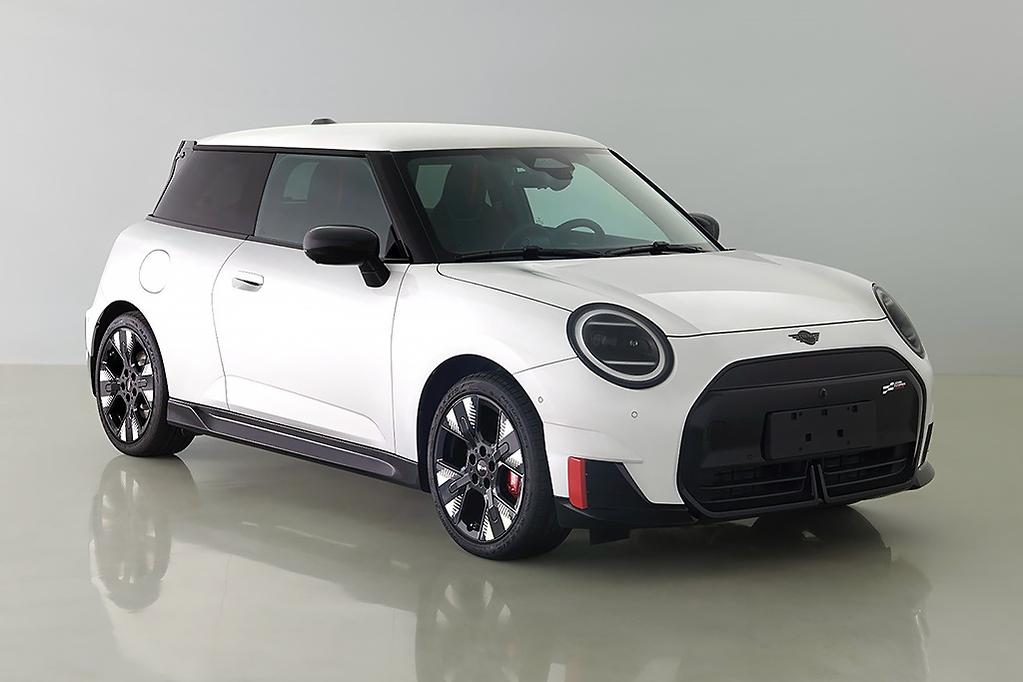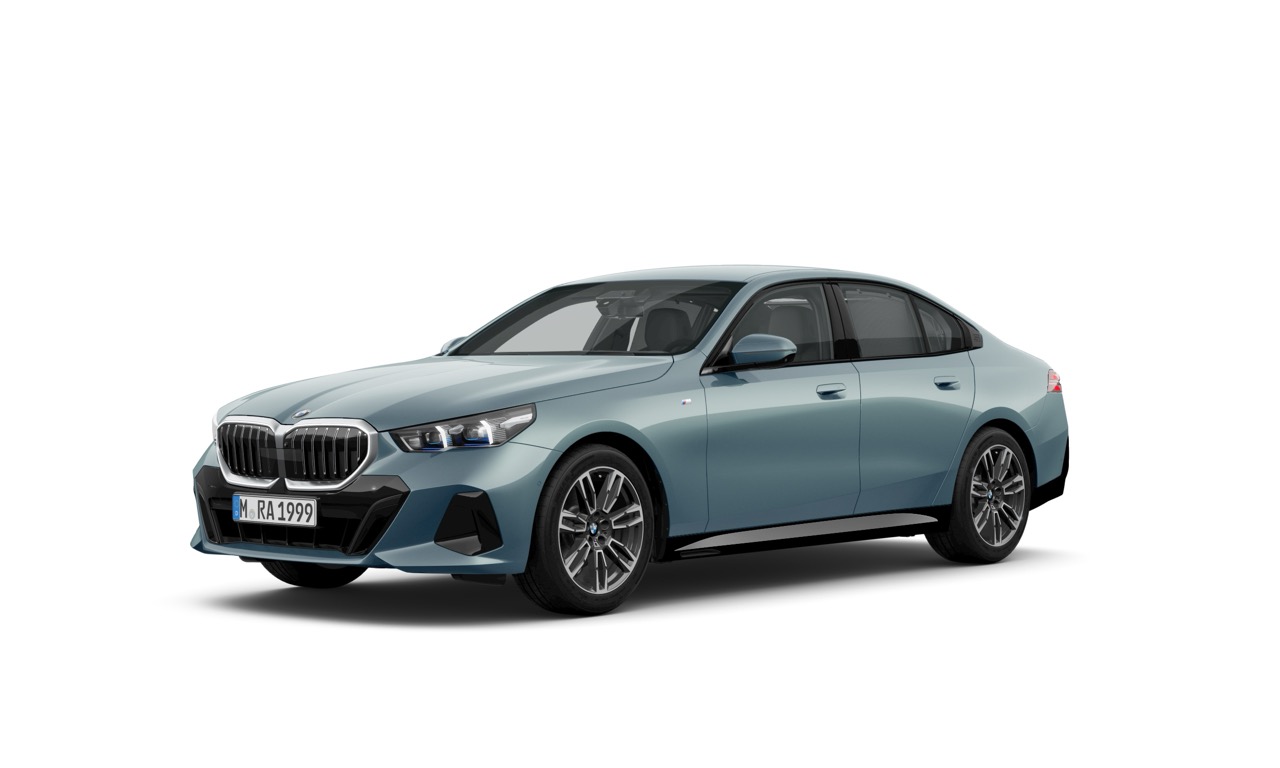In 1991, Renault displayed a concept car that was the forerunner of compact MPVs with its novel management of the interior layout to comfortably accommodate a whole family. The model was called the Scenic concept, and its format would be used in a new generation of models that also used the same name.
31 years later, the French carmaker is again using the name and as before, the new model starts a new chapter in its history. Known as the Scenic Vision, the new concept car embodies the brand’s sustainable development commitments and encapsulates them in a single vehicle. Its intelligent design and manufacture incorporate methods that the Renault Group and its brands will use to achieve carbon neutrality in Europe by 2040 and worldwide by 2050.
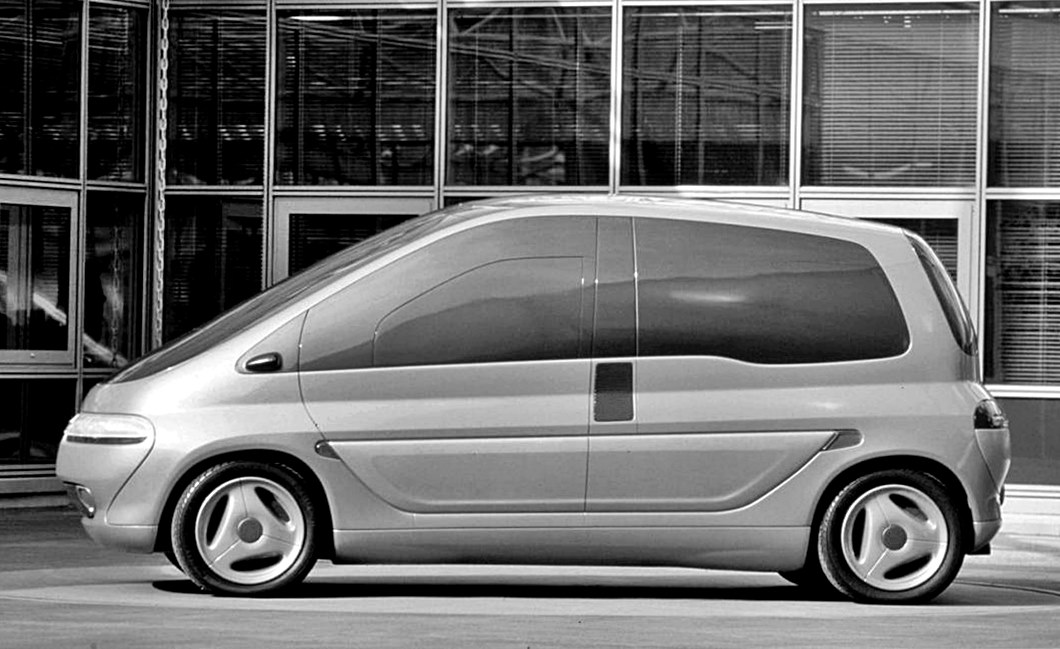
With the Scenic Vision, Renault is proposing ‘a car for life and for living’, with a new vision for the family car. Its exterior design, measuring 4.49 metres in length, provides a preview of an all-electric model in the C-segment that will be unveiled in 2024.
The unique design is enhanced by the choice of colours, where black and white create a singular graphic universe. Shades of black on the outside, and white on the inside, offer a contrast of light and dark that reflects the design team’s wish for this concept car to be a work of art where artistic expression takes to the fore.
Fuel cell powertrain
The Scenic Vision is proposed with a fuel cell that generates electricity for a new-generation motor. The 160 kW motor derives directly from the latest Megane E-Tech Electric’s motor and uses no rare-earth elements. This helps to reduce its carbon footprint and create a responsible and sustainable ecosystem.
The 40 kWh battery pack is recyclable and will be made in France by 2024 at the Renault ElectriCity Gigafactory. It is lighter, smaller and costs less than a battery pack for a similar electric vehicle. The 15 kW fuel cell will recharge it during long drives and thus extend its range. In 2030 and beyond, once the network of hydrogen stations is large enough, it will be possible to drive up to 800 kms, with the hydrogen tank able to be refilled in 5 minutes or less.
The all-new platform used by the Scenic Vision is currently in the prototyping phase. It is purpose-designed to fit all the components – electric motor, hydrogen engine, battery, fuel cell and hydrogen tank. The engine is at the rear, so there is enough space for the 2.5-kg hydrogen tank at the front; the fuel cell is under the floor, at the back of the platform, behind the battery.
Optimal travel times
This propulsion system’s operation is simple and efficient. The car can be driven as a conventional electric vehicle, without using the fuel cell, on daily trips. When there is a requirement to travel longer distances, a route planner calculates the power the fuel cell needs to supply to keep the battery charged for longer, so that there is no need to charge it on the way.
The point of using the fuel cell on long journeys is that it’s quicker to top up the hydrogen tank than to charge the battery. This way, there is no need to charge the battery until the car reaches its destination. When the weather is cold, the hydrogen range-extender also keeps the battery at the right temperate for optimal operation and extra range.
95% recyclable
A full 95% of this concept car’s materials – including the battery – are recyclable. This new approach to design looks beyond the vehicle and includes previously unexplored ventures and technologies. The exterior materials (steel, aluminium, carbonfibre and plastics) can all be recycled at the end of their life.
Everything inside is also designed responsibly. For example, the foams, fabrics and stitching on the light beige seats are made of the same material, produced from fully recycled and recyclable plastic.
Estimates suggest that the number of electric vehicles on Europe’s roads will increase tenfold between now and 2030, from 10 million to 100 million. The Renault Group is the first carmaker to work on the full battery lifecycle, and has developed solid expertise in increasing their durability and using them for a wider variety of purposes. Once a battery is no longer fit to power a vehicle, its energy can be reused in stationary storage solutions in homes or offices, or elsewhere (in boats, refrigeration systems, machinery or airport logistics, etc).
The steel in the vehicle’s structure is made from 95% recycled steel, while all the aluminium parts in the structure (housings, battery casing, seats) and trims (console, cockpit) are made from 100% recycled aluminium. All the carbonfibre is recycled from aviation industry scrap via a partnership with Airbus, and the hydrogen tank is made with carbonfibre produced from paper-industry waste.
Elsewhere, 70% of the interior and exterior plastics are recycled, with 100% of the textile fabrics made of recycled materials. It is also entirely leather-free, while the floor is made of 100% recycled plastics from food and industrial waste
Help for safer motoring
The Scenic Vision previews technology and systems which will provide assistance to drivers, enabling them to better avoid risky situations, and reduce stress behind the wheel. The multiple ADAS (Advanced Driver Assist Systems) and 3 on-board systems – Safety Score, Safety Coach, and Safe Guardian, are designed to provide extra safety for all, as well as a unique level of both physical and psychological comfort.
New Renault models will soon come with a ‘Safety Score’. Using data collected by sensors mounted on the vehicle, it analyses the driver’s driving style – acceleration, smoothness, inattention, speed management, and driver distractibility. It then gives personalised driving tips to each driver based on a safety score calculated at the end of each trip.
To further aid drivers, the vehicle comes fitted with an array of health monitoring systems. A heart rate sensor placed in the steering wheel and a camera serve to detect signs of driver fatigue or inattentiveness. Should a problem arise, warning signals are sent to the driver and passengers, and emergency services are alerted automatically.
The Scenic Vision has been designed with a new architecture that features an extra-large screen located where the dashboard meets the windscreen. It displays the car’s immediate environment, thanks to an array of on-board cameras located at the front of the vehicle. The system increases the driver’s field of view by 24% due to a visual widening of the windscreen and a front bonnet that ‘disappears’.
New technological solutions help rescue services at the scene of an incident. The Fireman Access and Rescue Code are two such systems already featured on production vehicles, with the former featuring a specialised access hatch to the core of the battery that means it now only takes a few minutes to extinguish a battery fire instead of up to 2 hours.





